Reading Manga 101
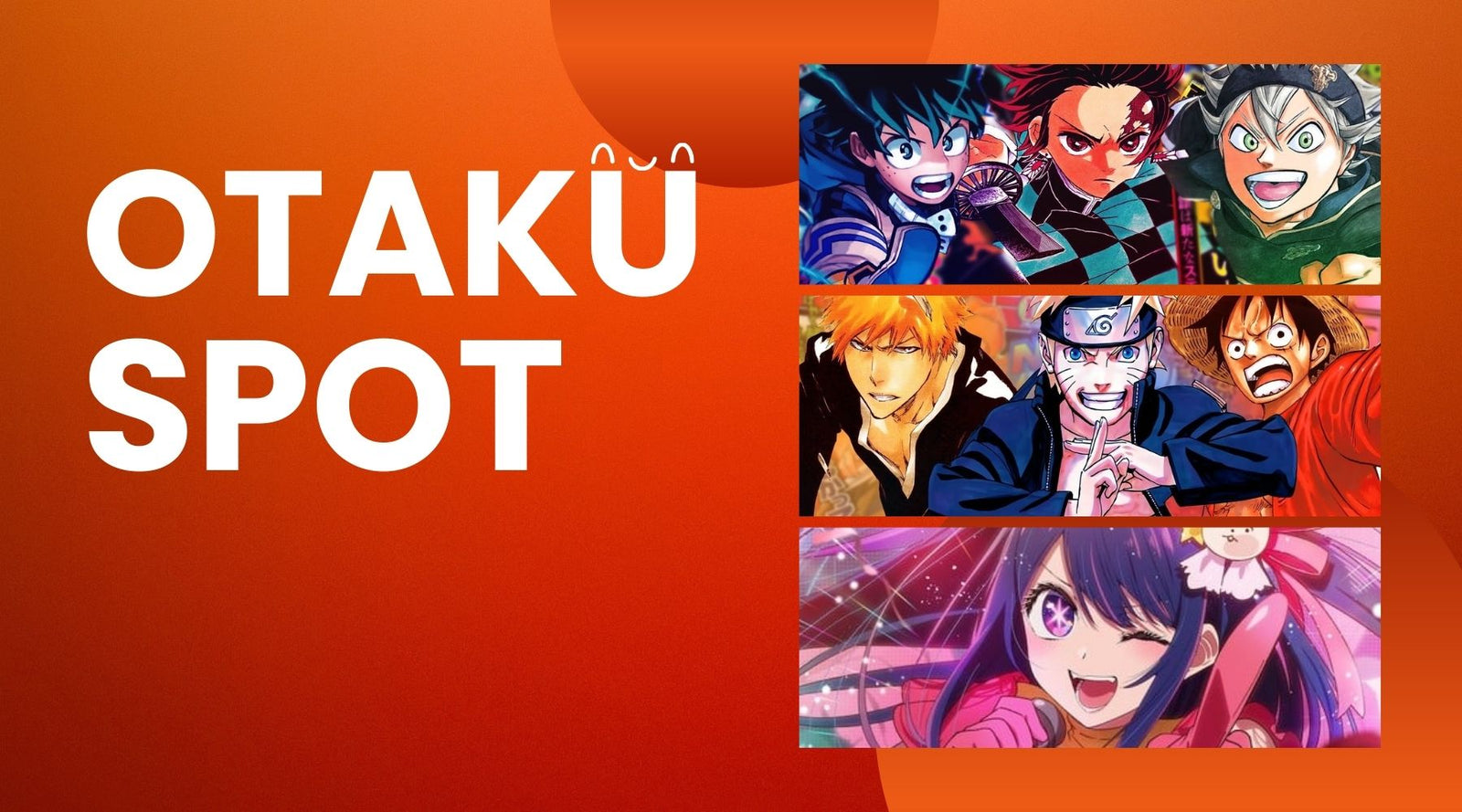
Manga, the captivating world of Japanese comic books, offers a rich tapestry of stories that transcend the boundaries of age, culture, and genre. For beginners stepping into this entrancing medium, it's an exploration of art and narrative that is simultaneously familiar and wonderfully foreign, akin to visiting a new country with its customs and language.
The roots of manga stretch back to artistic traditions and storytelling forms unique to Japan, yet it has evolved to incorporate a wide range of influences and themes, making it incredibly diverse. From the momentous excitement of Shonen heroes embarking on their epic journeys to the delicate emotional nuances of Shojo relationships, each page turn can be a new adventure or a quiet moment of reflection.
Understanding manga requires not only getting to know the various genres and iconic styles but also familiarizing oneself with the quintessential reading flow, from right to left, which might be a shift for those accustomed to Western reading patterns. The black and white panels, teeming with expressive characters and kinetic lines, demand an active imagination to fill in the movement and colors between the frames.
For the uninitiated, there's a special joy in discovering how manga artists use visual cues and panel composition to convey complex emotions and exhilarating action. Every element, from the character designs to the background details, works in harmony to immerse the reader fully.
So, as you prepare to delve into your first manga, you're not simply picking up a book; you're poised to embark on a journey through a storytelling landscape that has captivated millions worldwide, offering endless possibilities for amusement, inspiration, and profound connection. Let's begin this journey by exploring the essentials you'll need to navigate the world of manga with ease and enjoyment.
Overview of manga and its popularity
Manga refers to Japanese comic books and graphic novels. The word "manga" means "whimsical pictures" in Japanese. Unlike American comic books, which are typically released monthly or bimonthly in single issues, most manga are first serialized in anthology magazines, and then collected into tankōbon volumes containing multiple chapters.
The visual style of manga is very distinctive, characterized by dramatic lines, exaggerated facial expressions, and sometimes very large eyes. Popular manga series often get adapted into anime series and films.
Manga has become hugely popular around the world. Major manga markets exist in North America, Europe, and across Asia. Popular series like Dragon Ball, Naruto, One Piece, and Attack on Titan have sold over 100 million copies each. The global manga market was valued at nearly $23 billion in 2020.
Importance of understanding how to read manga for beginners
For those new to manga, learning how to read it properly is key to fully immersing yourself in the stories. Manga uses visual shorthand and panel layouts that are different from Western comics. The reading direction also follows the Japanese format, progressing from right to left across the page instead of left to right.
Taking the time to understand manga reading direction and panel flow will allow you to smoothly take in the narrative and artistic details. Once you get comfortable with the format, you can lose yourself in imaginative manga worlds filled with compelling characters and genre-spanning stories from comedy to sci-fi to romance and beyond.
Getting Started with Manga
Reading direction: right to left, top to bottom
Unlike English books and comics, manga is read in the traditional Japanese format: from right-to-left and top-to-bottom. This means you start reading each page at the top right corner, follow the panels across to the left, and then move down to the next row. Speech bubbles and text follow the same right-to-left progression.
It may feel counterintuitive at first, but reading manga right-to-left will quickly become second nature. Remind yourself when starting a new series: start top-right, read right, then move down. Following this manga reading direction will allow you to take in the story and art details as intended.
Explanation of koma and page layout
In manga terminology, each panel is called a koma. Most pages are composed of multiple koma to tell the story visually, often 3-8 panels per page. These koma are laid out by the manga creator to control story pacing and dramatic impact.
Common koma layouts include:
-
Linear multi-koma sequences to depict continuous action.
-
Interspersing close-up shots between wider shots.
-
Transition koma that indicates shifts in time or location with icons like falling leaves or clock hands.
-
"Splash" pages with a single dramatic koma taking up the whole page.
Understanding how koma placement and transitions impact the manga narrative flow allows readers to fully appreciate both the writing and artwork.
Choosing Your First Manga
Categorization by audience and genre
When selecting your first manga, it helps to understand how series are categorized demographically. Manga magazines and volumes typically target specific age groups and genders:
-
Shōnen: aimed at teenage boys, with action/adventure themes like One Piece, Naruto, and Bleach.
-
Shōjo: targeted at teenage girls, focused on romance and relationships.
-
Seinen: made for adult men, includes more mature sci-fi, psychological, and slice-of-life stories.
-
Josei: geared towards adult women, often with character-driven drama.
There are also many manga genres to choose from, just like novels and TV shows. Best-selling genres include action, romance, sci-fi, fantasy, horror, comedy, slice-of-life, and more. With such variety, there's a manga series out there for every taste!
Tips for finding the right manga for your taste
When deciding on your first manga, consider which demographic categories and story genres appeal to you most. If you enjoy watching shōnen adventure anime, you will probably appreciate classic battle manga like Dragon Ball and One Piece.
For thought-provoking sci-fi, look for a highly-rated seinen series. And if you love romantic comedies, pick up a popular shōjo manga like Fruits Basket. You can browse recommendations from manga fans online or consult manga store employees.
Go with your instincts and choose a manga that grabs your interest right from the eye-catching cover art. Part of the fun is discovering new favorites across many genres!
Step-by-Step Guide to Reading Manga
Starting at the top right corner
Now that you have your first manga volume, it's time to start reading! Remember to begin at the top right panel, then follow the koma from right to left across the page. After finishing the furthest left row, move down to the next row and repeat.
As you read across the rows of panels, take note of how the manga creator uses page layout, close-ups, varied koma sizes, and transition icons to pace the storytelling. Appreciate both the art and writing as you immerse yourself in this new manga world!
Following the flow of speech bubbles
Dialogue and narration text in the manga is encased in speech bubbles with points or tails indicating which character is speaking. The flow of text starts at the top right corner of the bubble, moving left-to-right vertically down the bubble. This matches the overall manga right-left reading direction.
Follow the order of speech bubbles chronologically across panels to understand conversations between characters. Unlike Western comics, manga speech bubbles do not typically have tails pointing to specific characters. So focus on bubble order and placement to interpret who is saying what.
Understanding panel composition
As you progress through the manga volume, pay attention to what's included and emphasized in each koma. Creators carefully choose "camera" angles, close-ups, and background details to enhance the narrative:
-
Do facial expressions and body language accentuate the dialogue?
-
Does the scene backdrop hint at the characters' emotions or foreshadow events?
-
Are certain objects or characters emphasized through tight close-ups or large koma?
Analyzing the panel composition as you read both enriches understanding and heightens enjoyment of the manga storyline and art.
Enjoying Your Manga Experience
Immersing yourself in the story
Now that you're comfortable with the format, relax and immerse yourself in the manga adventure! Appreciate the creative koma layouts and varied panel design as you follow the narrative. Take time to admire well-choreographed action sequences, atmospheric landscapes, and emotionally resonant character moments.
As you turn the pages through cliffhangers, plot twists, and impactful endings, you may come to see why manga has captured the imaginations of so many fans around the world!
Building your manga collection
Once you finish your first manga volume, you'll likely be eager to start collecting more series! Try out diverse genres from psychological thrillers to romantic comedies to historical epics. Discover new manga creators and follow artists whose storytelling style resonates with you.
Building a manga library lets you revisit beloved stories while always having another imaginative world waiting to be opened. And if a manga gets adapted into an anime, you can enjoy your favorite characters in a new format!
Exploring different genres and styles
Venture beyond the most mainstream battle shōnen series to explore lesser-known gems. Try an emotionally moving Josei drama or critically acclaimed Seinen manga. Discover new koma layout techniques and artistic sensibilities in avant-garde manga. There is a staggeringly broad range of genres, visual styles, and themes waiting to be discovered.
Keep an open mind as you explore the medium, and don't be afraid to step outside your comfort zone. Part of manga's appeal is getting immersed in wholly unique story worlds!
Conclusion
We've covered the essentials for learning how to read manga properly, choosing your first series, and fully enjoying the medium:
-
Start reading each page at the top right corner, and follow panels right-to-left across rows.
-
Understand how panel layouts, close-ups, and transitions impact storytelling.
-
Select a manga based on demographic/genre info that matches your tastes.
-
Appreciate the creative fusion of art and writing as you get immersed in tales.
-
Explore a spectrum of manga genres and artistic styles across publications.
If manga seems daunting to a beginner, don't get intimidated! The reading direction and panel layouts will click after a volume or two. And with so many acclaimed series out there, you are bound to discover stories that speak to you.
Let the visually dynamic worlds of manga broaden your imagination. Lose yourself in the epic adventures, laugh out loud at the comedy gems, and don't be surprised if you shed tears at the emotional dramas. Get ready to have your expectations exceeded as you dive deeper into manga!
Beyond providing entertainment, manga also gives cultural windows into Japanese traditions, foods, history, and philosophies. Background details subtly immerse readers into everyday aspects of Japanese life alongside the fantasy storylines.
So embrace manga’s richness and range. Few mediums fuse art and prose so dynamically to transport you to captivating new worlds. Now that you know how to read manga, it’s time to sample the creativity that has captured the imaginations of millions worldwide!
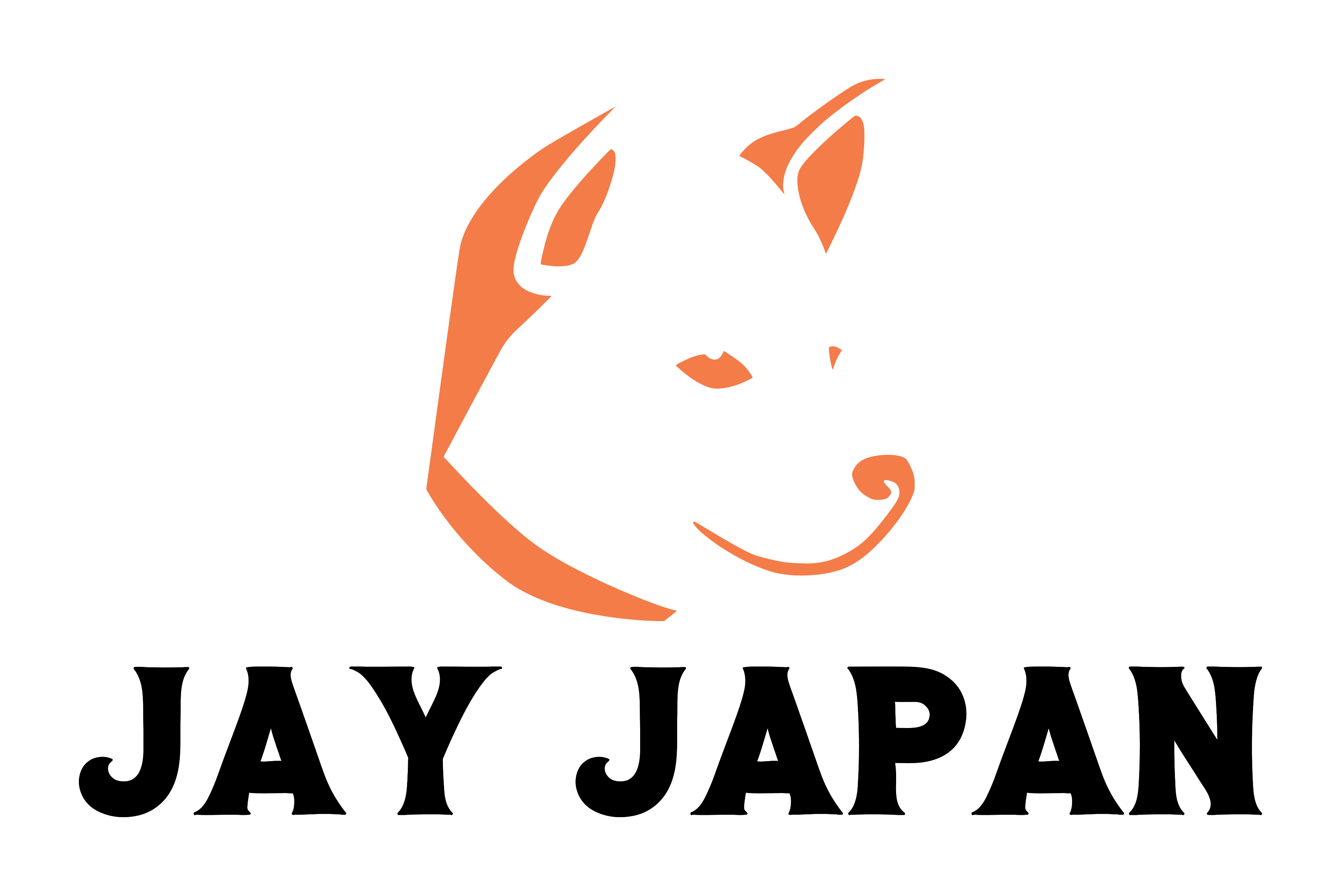



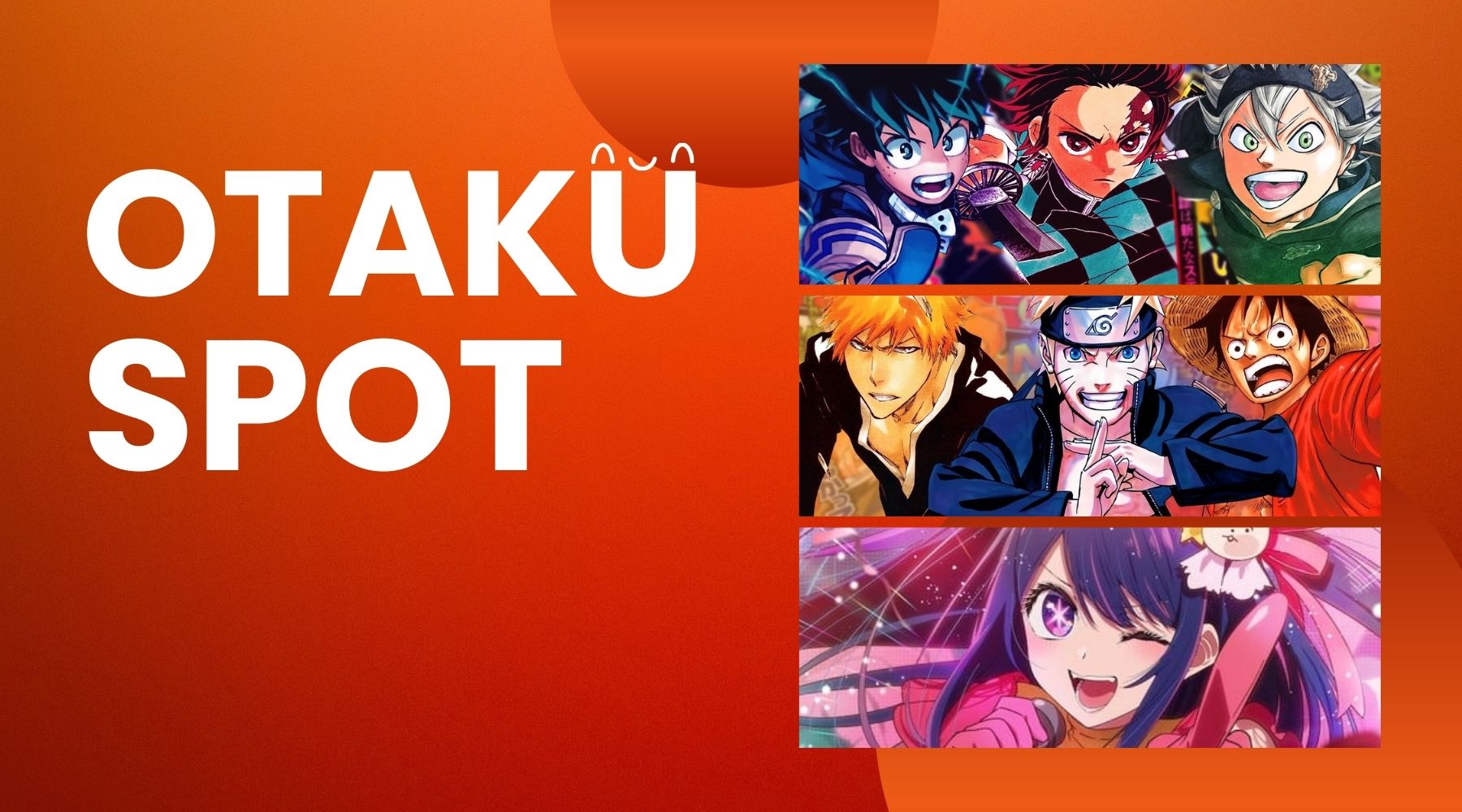
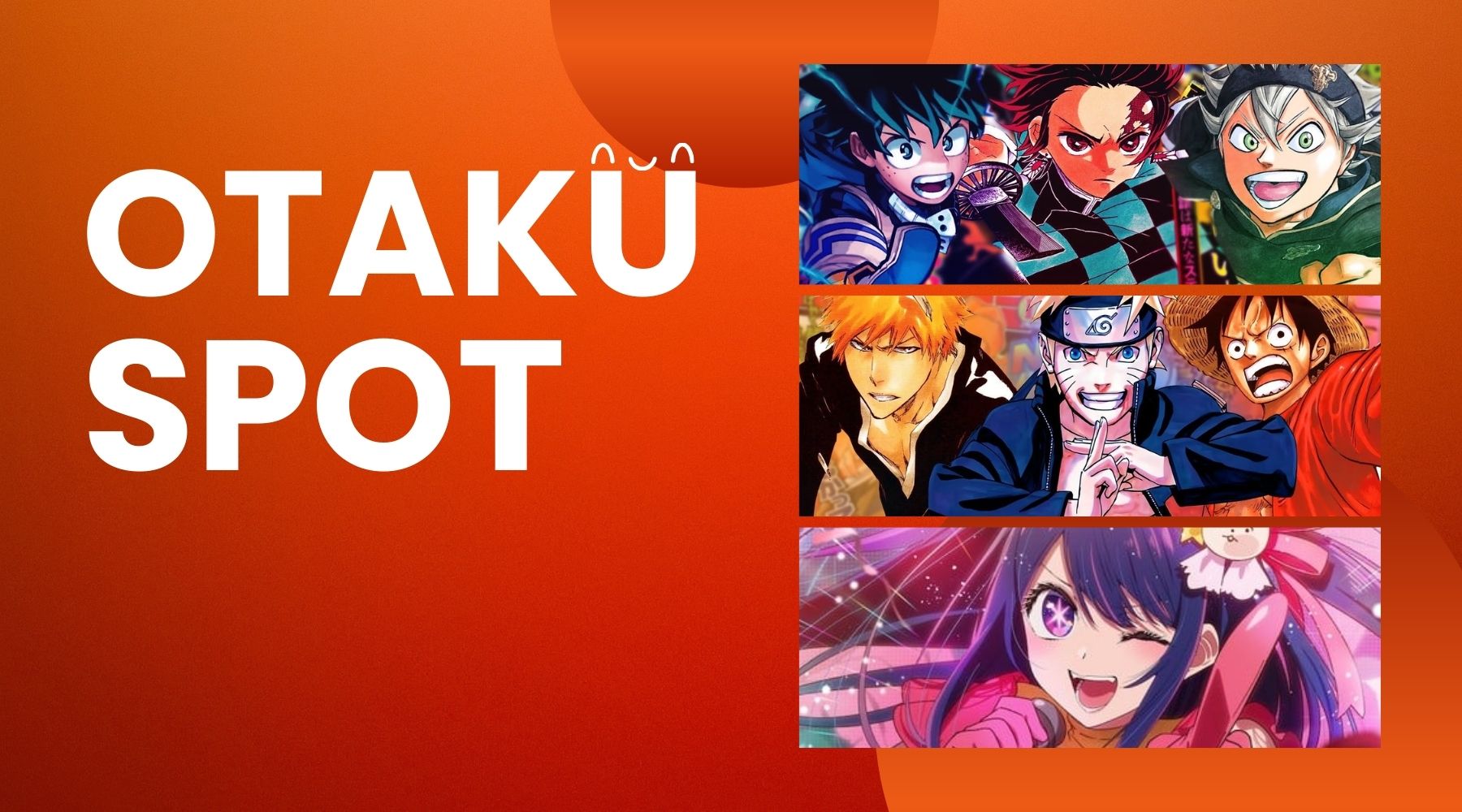
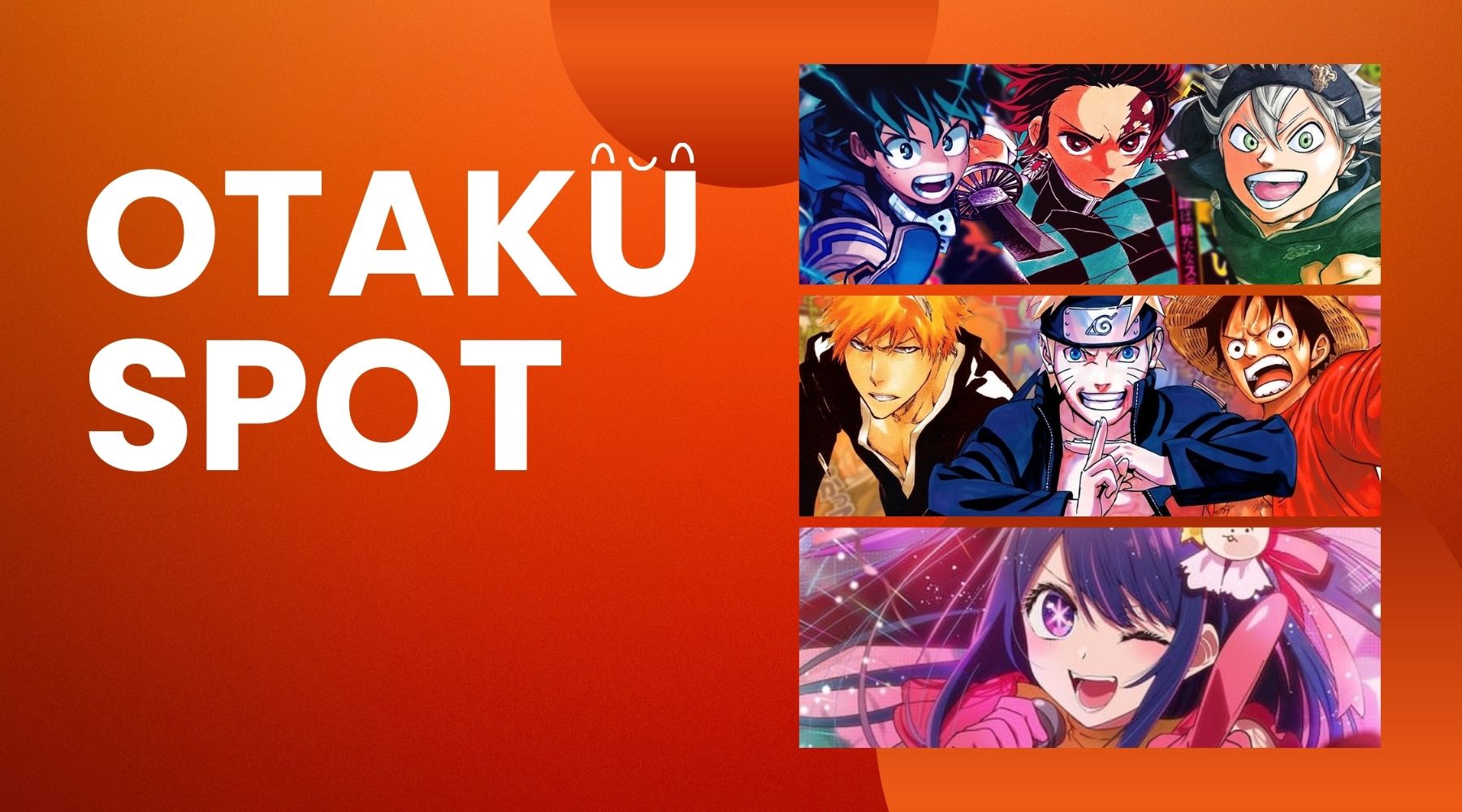
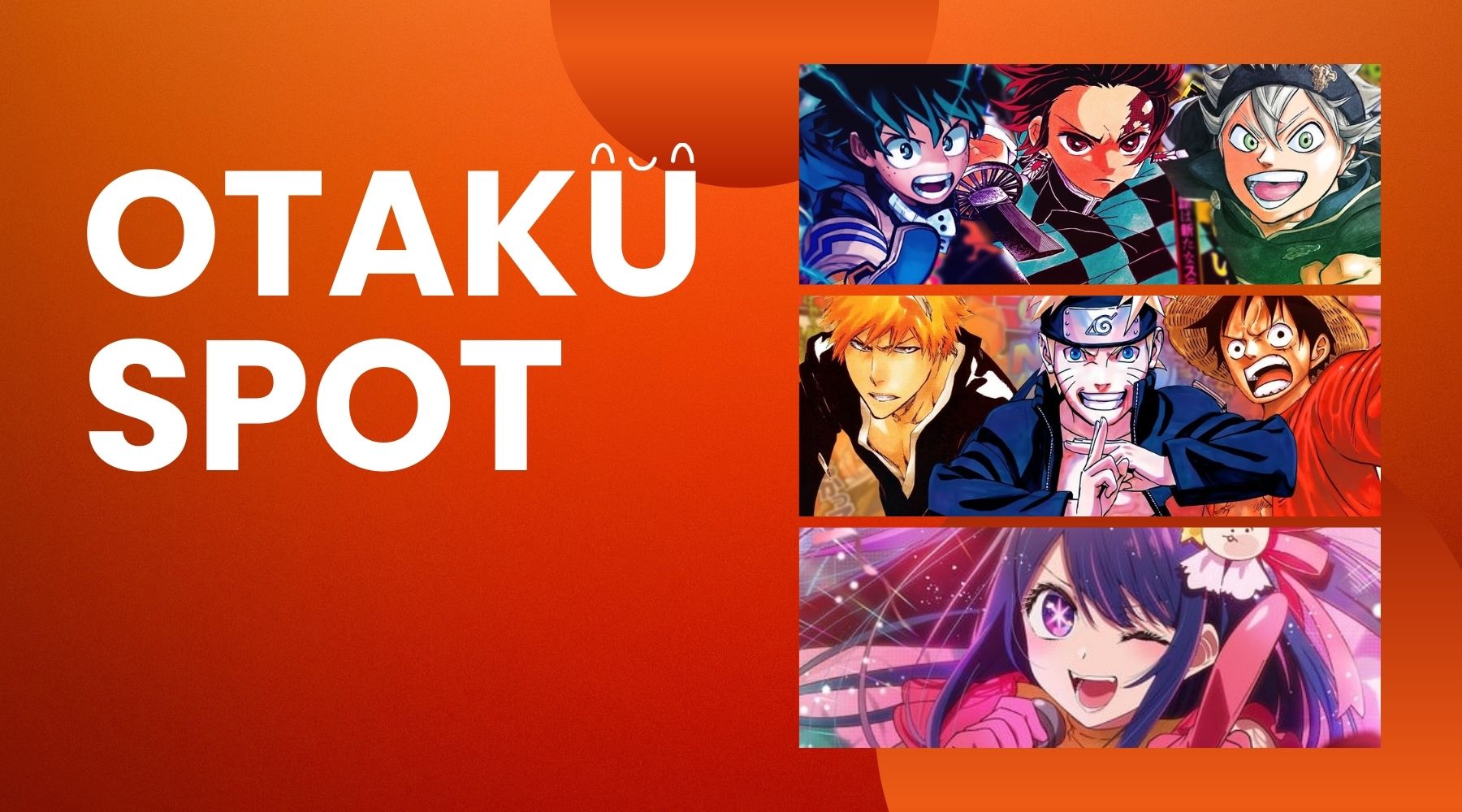
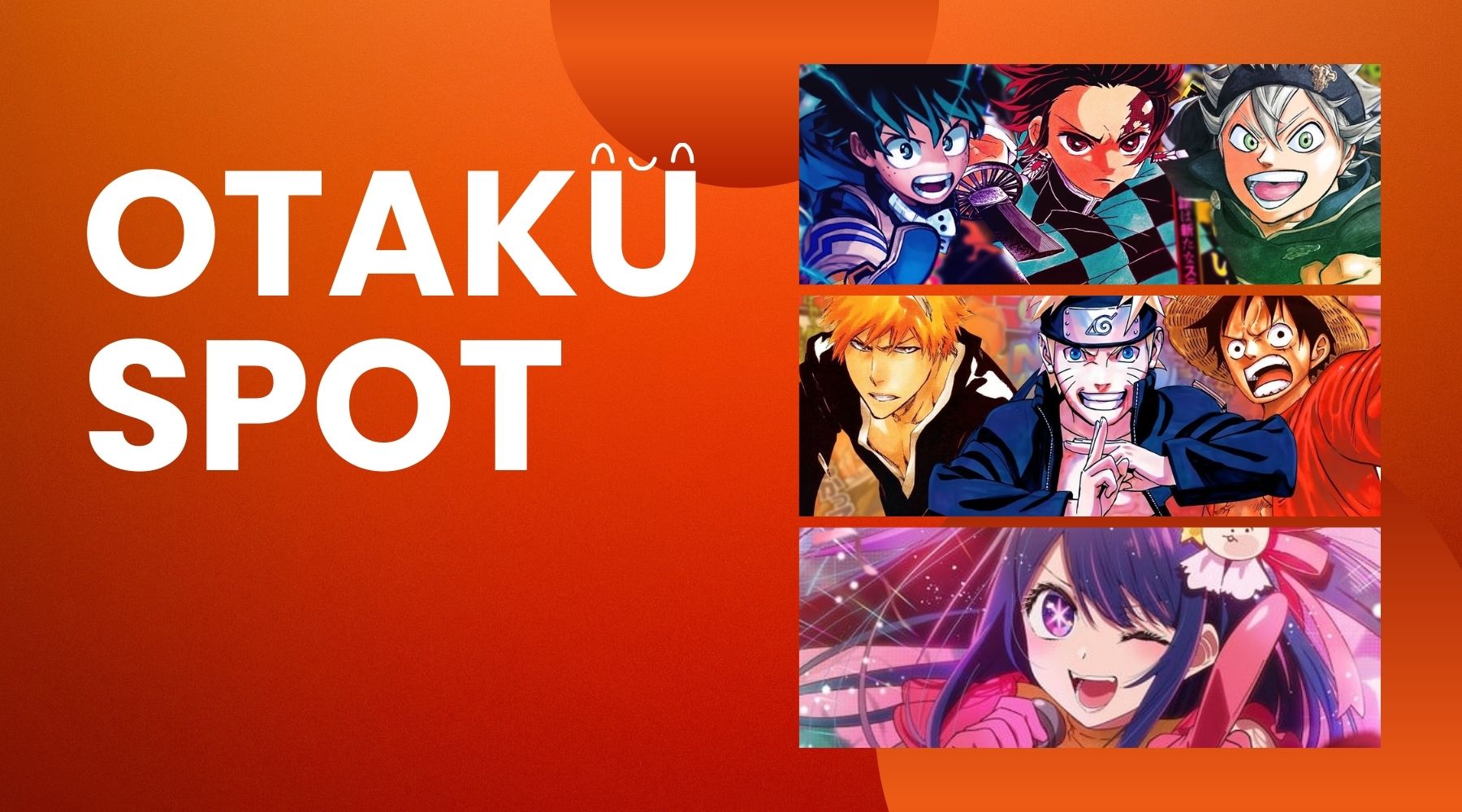
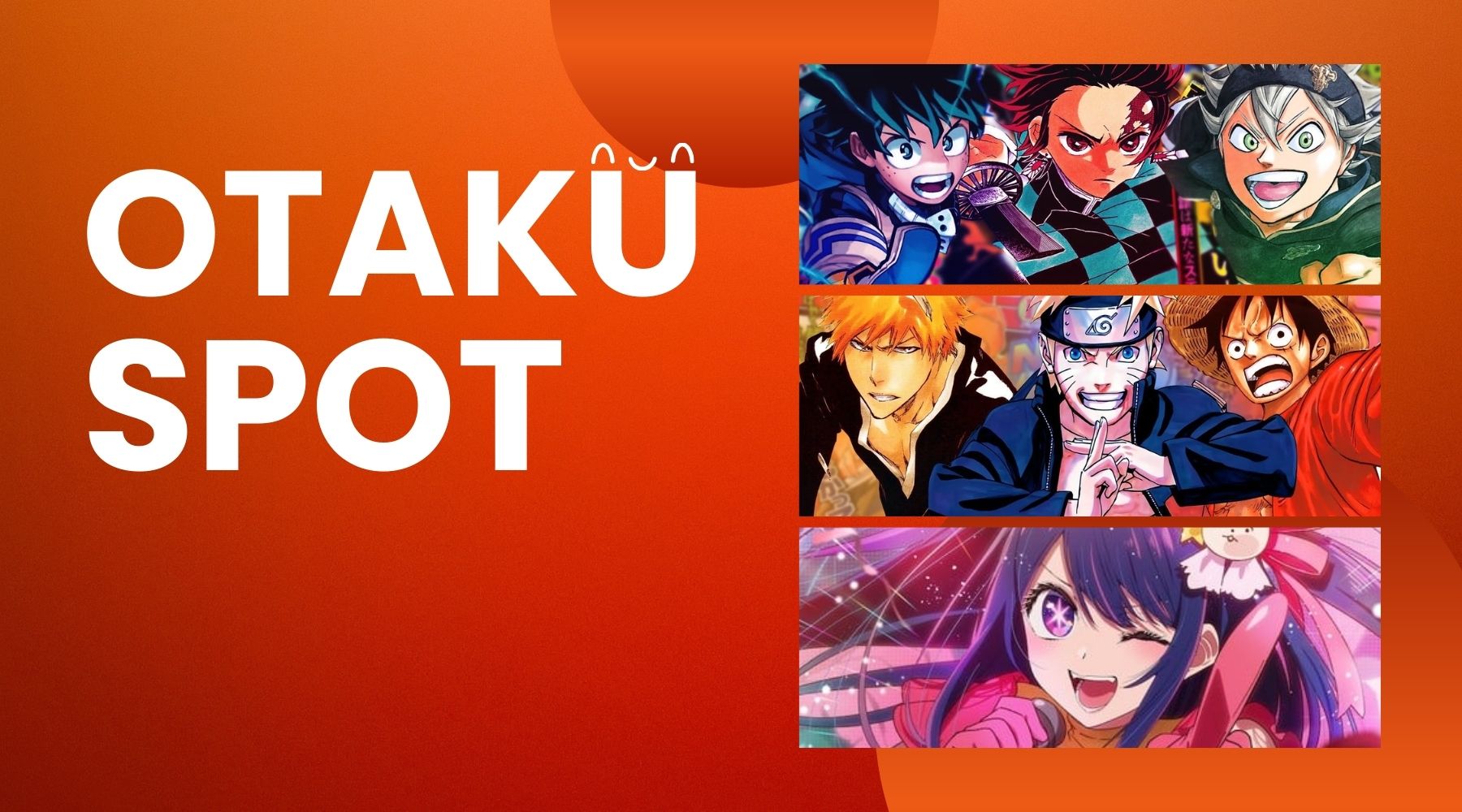
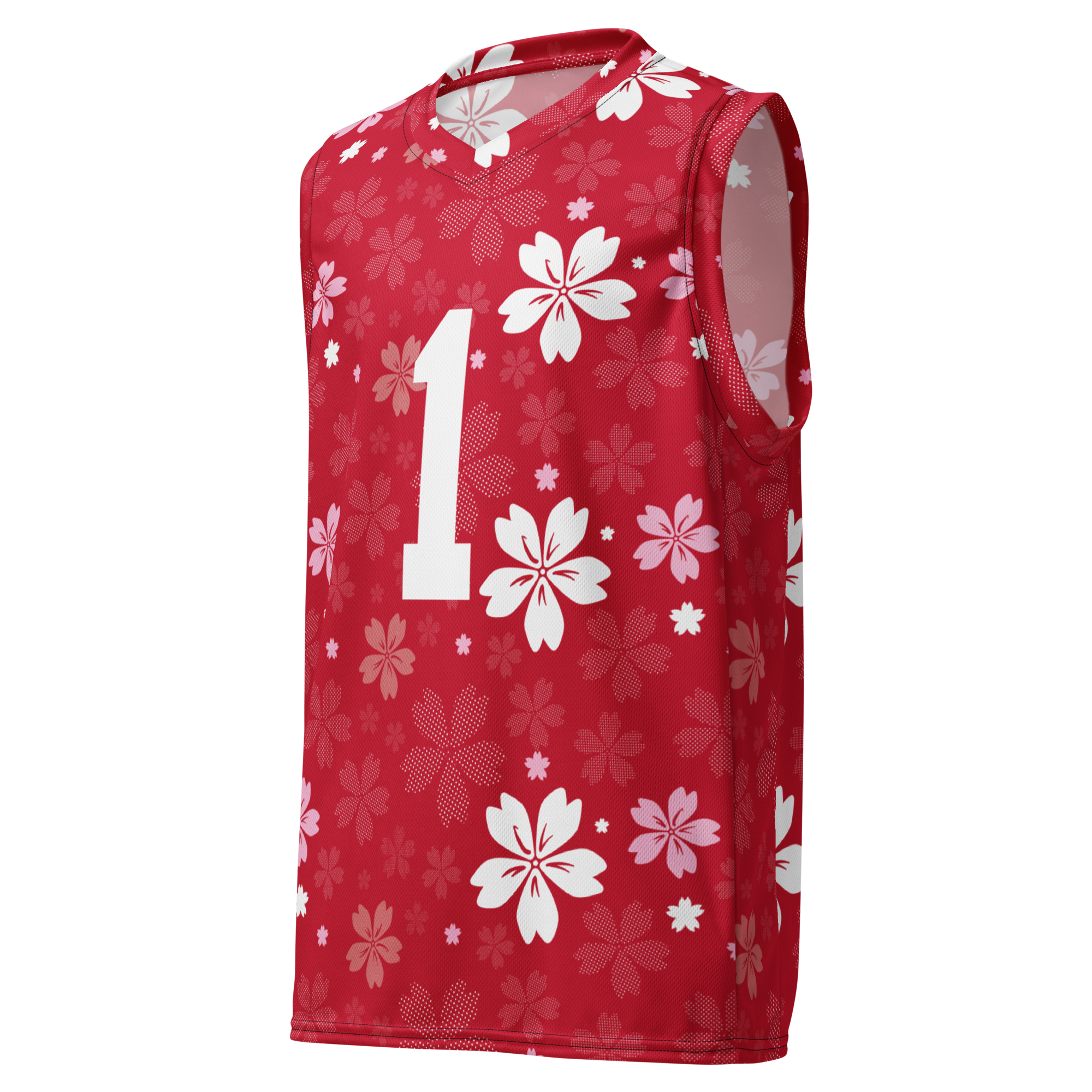
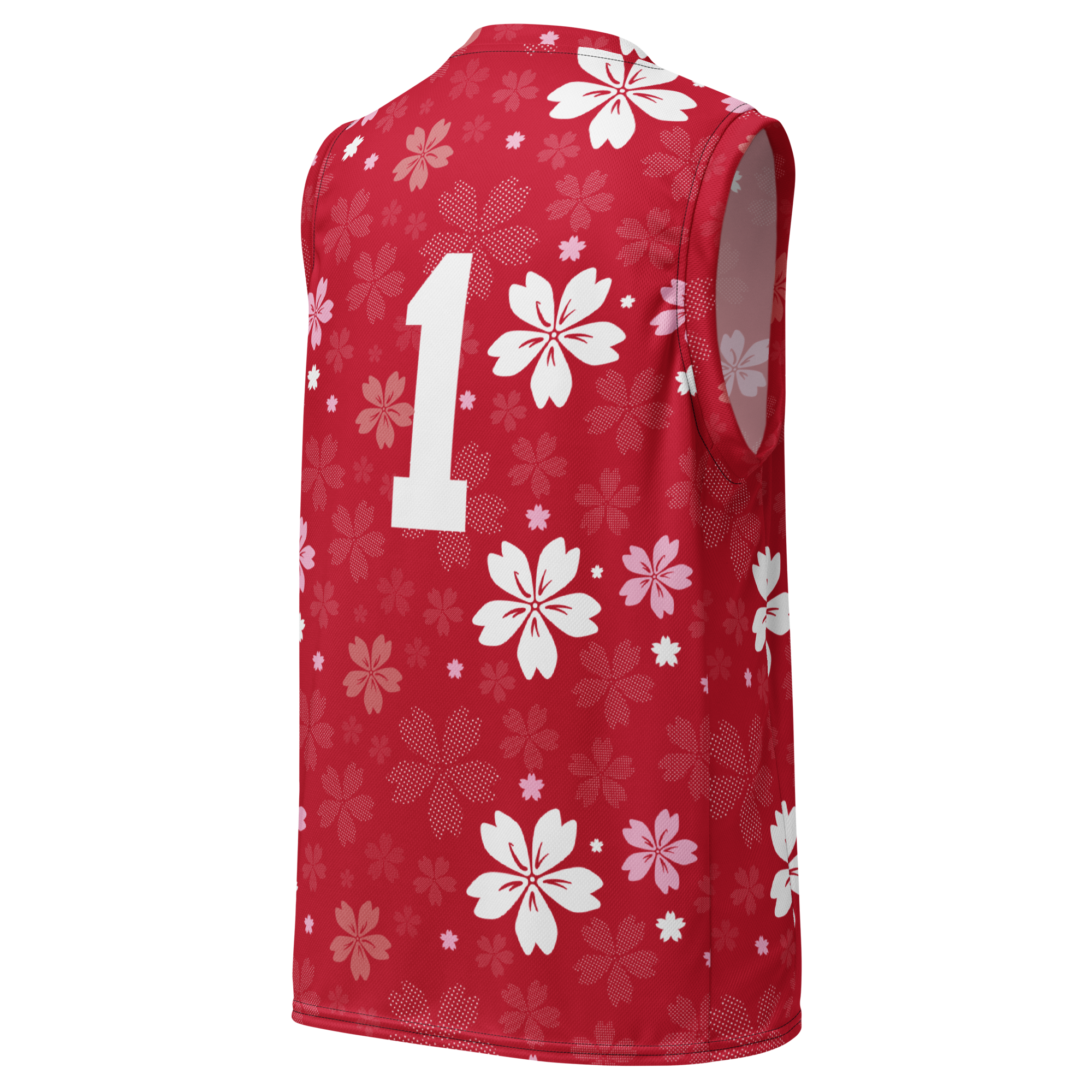
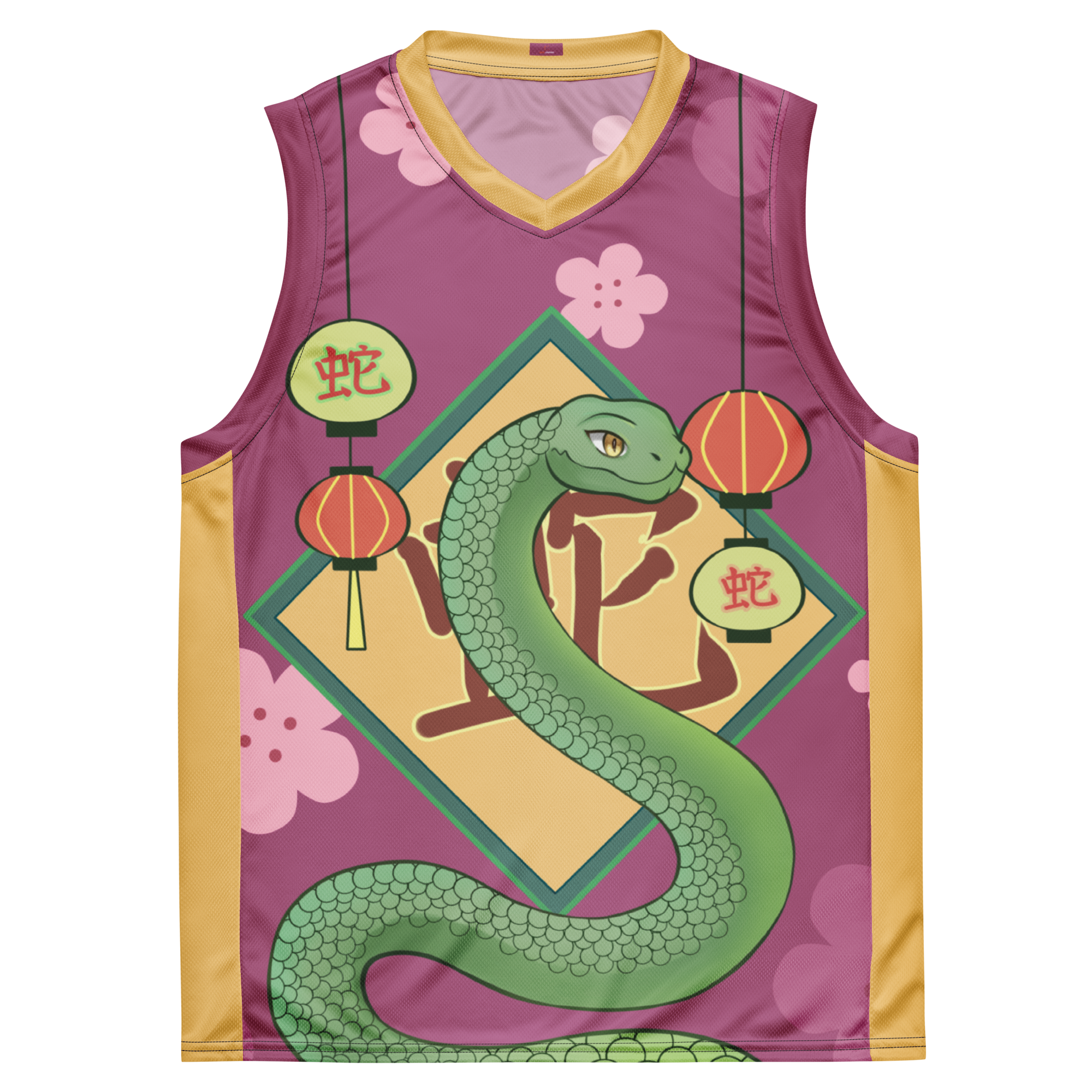
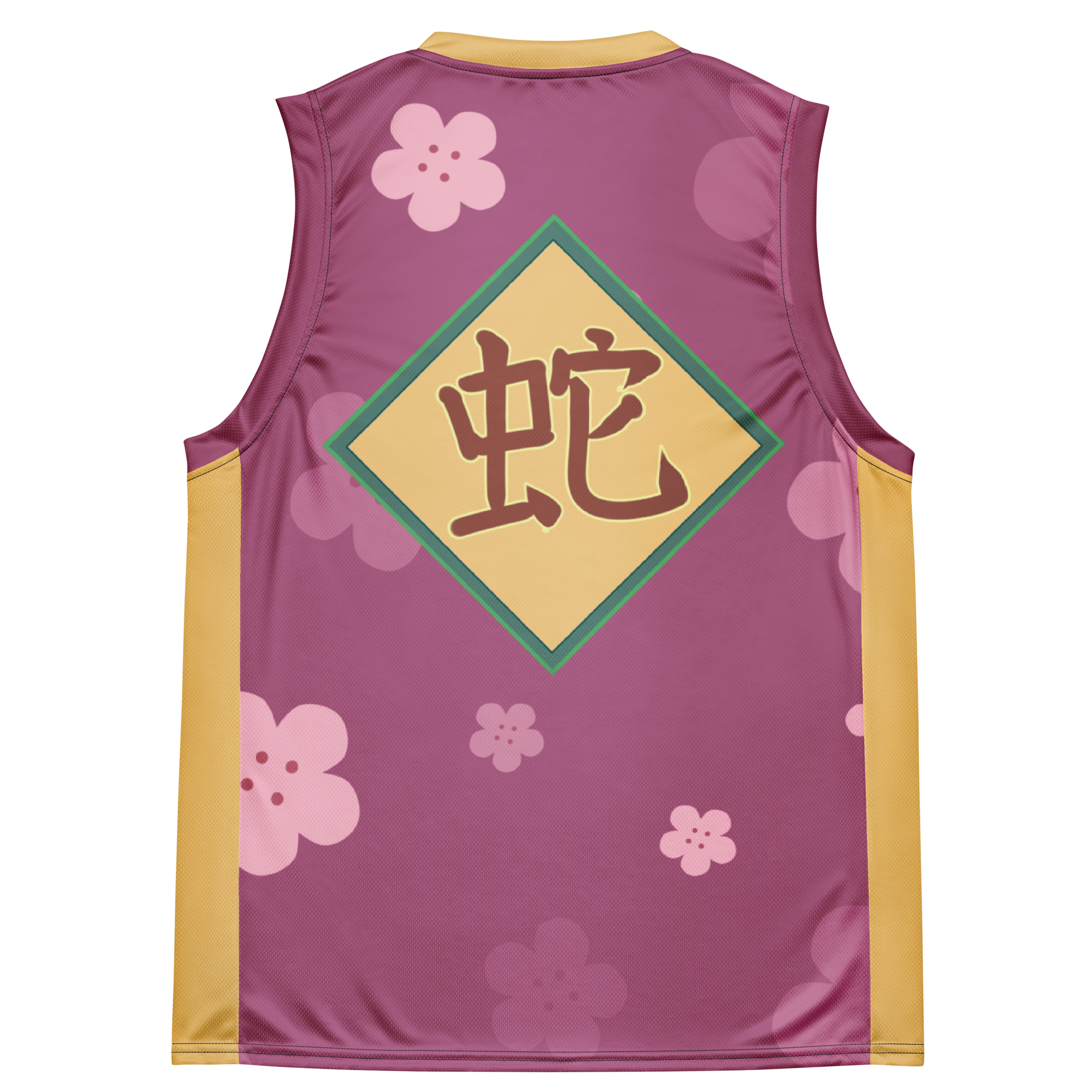
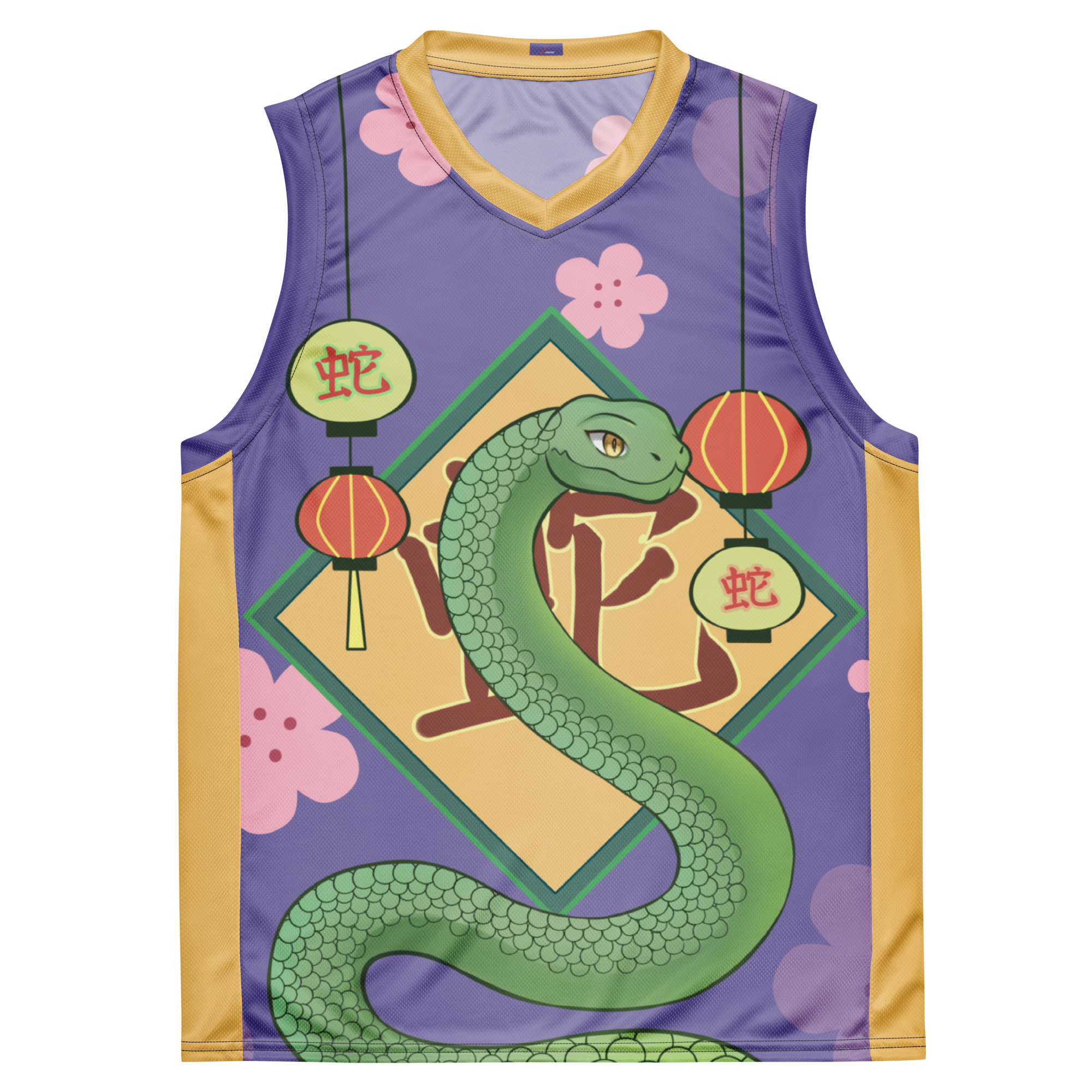
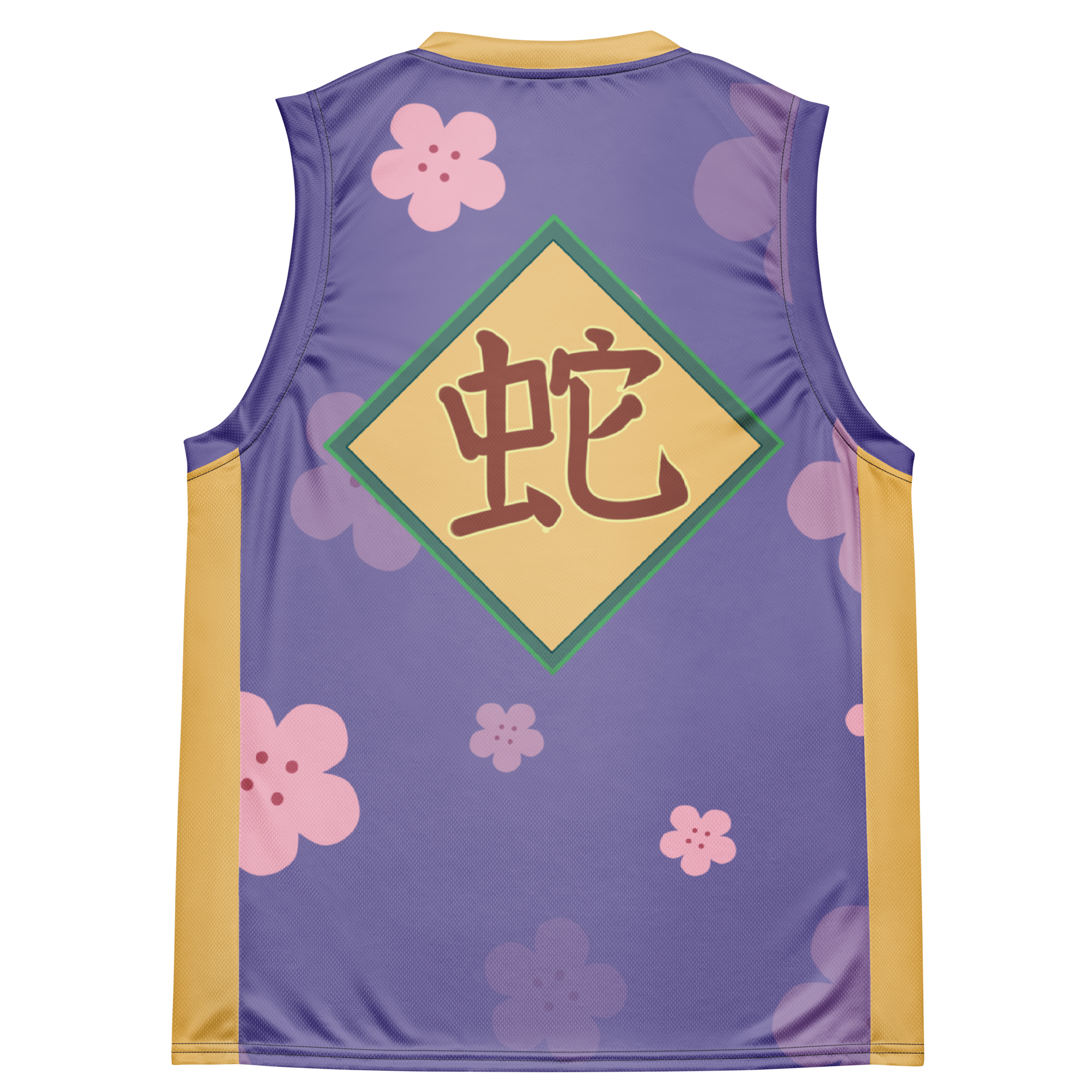
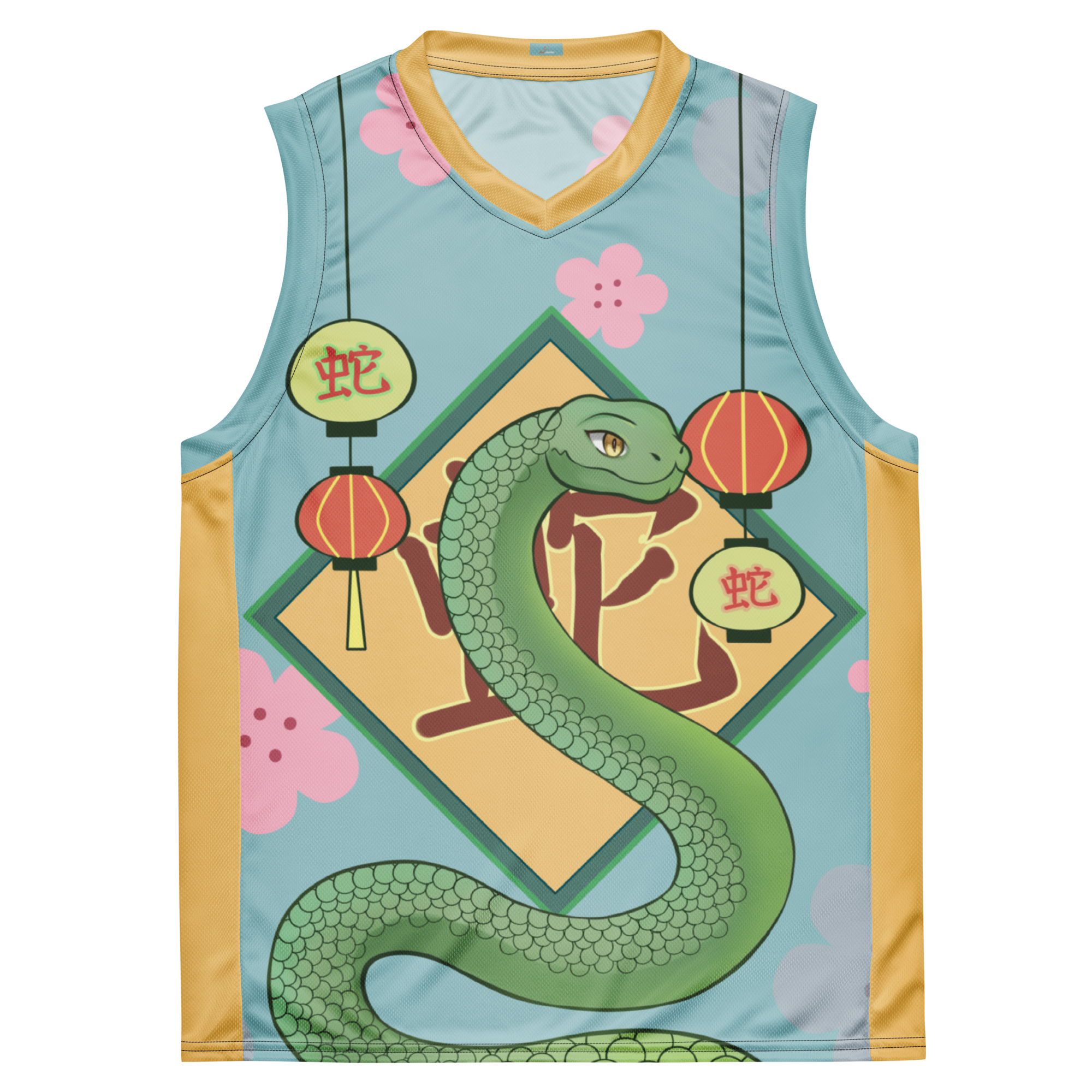
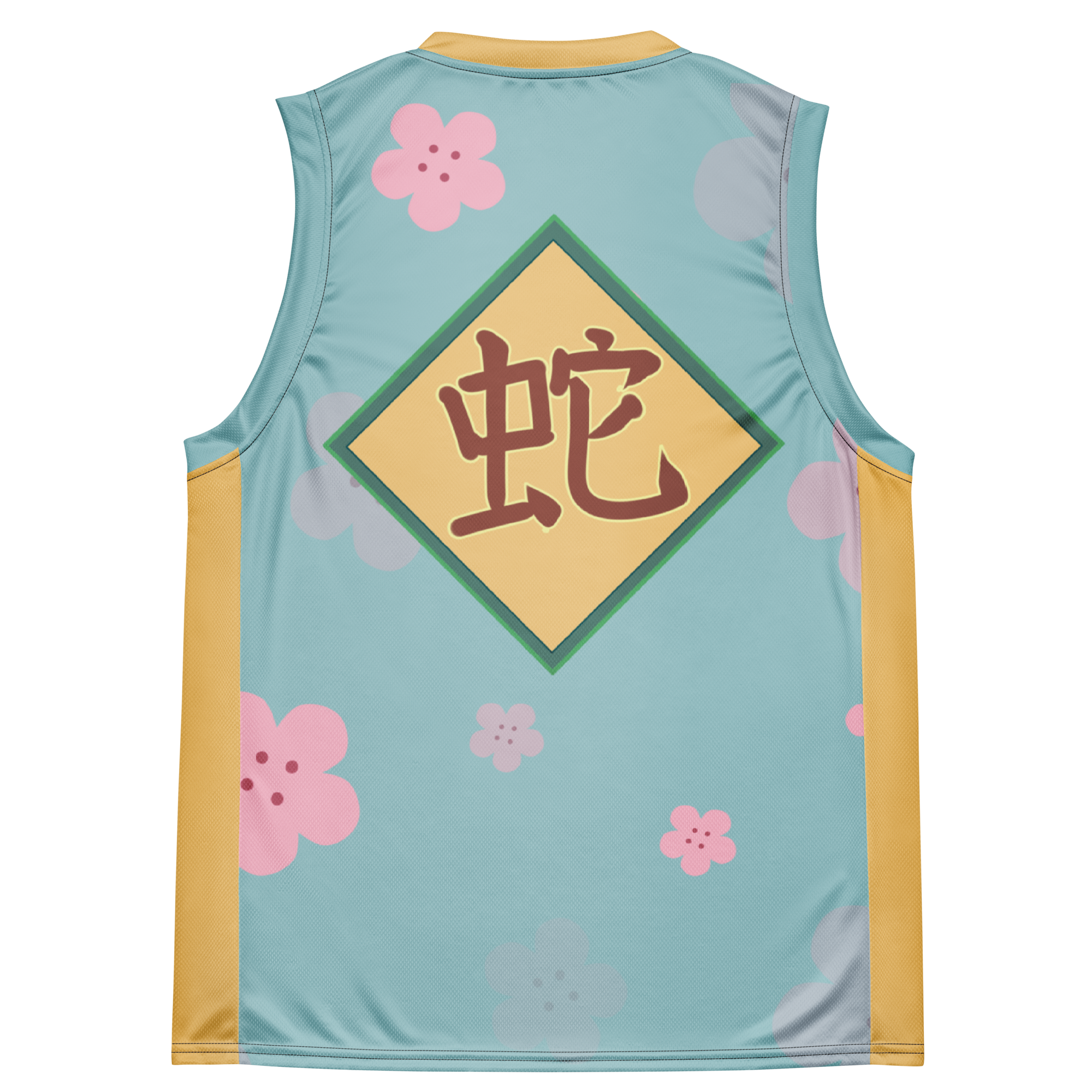
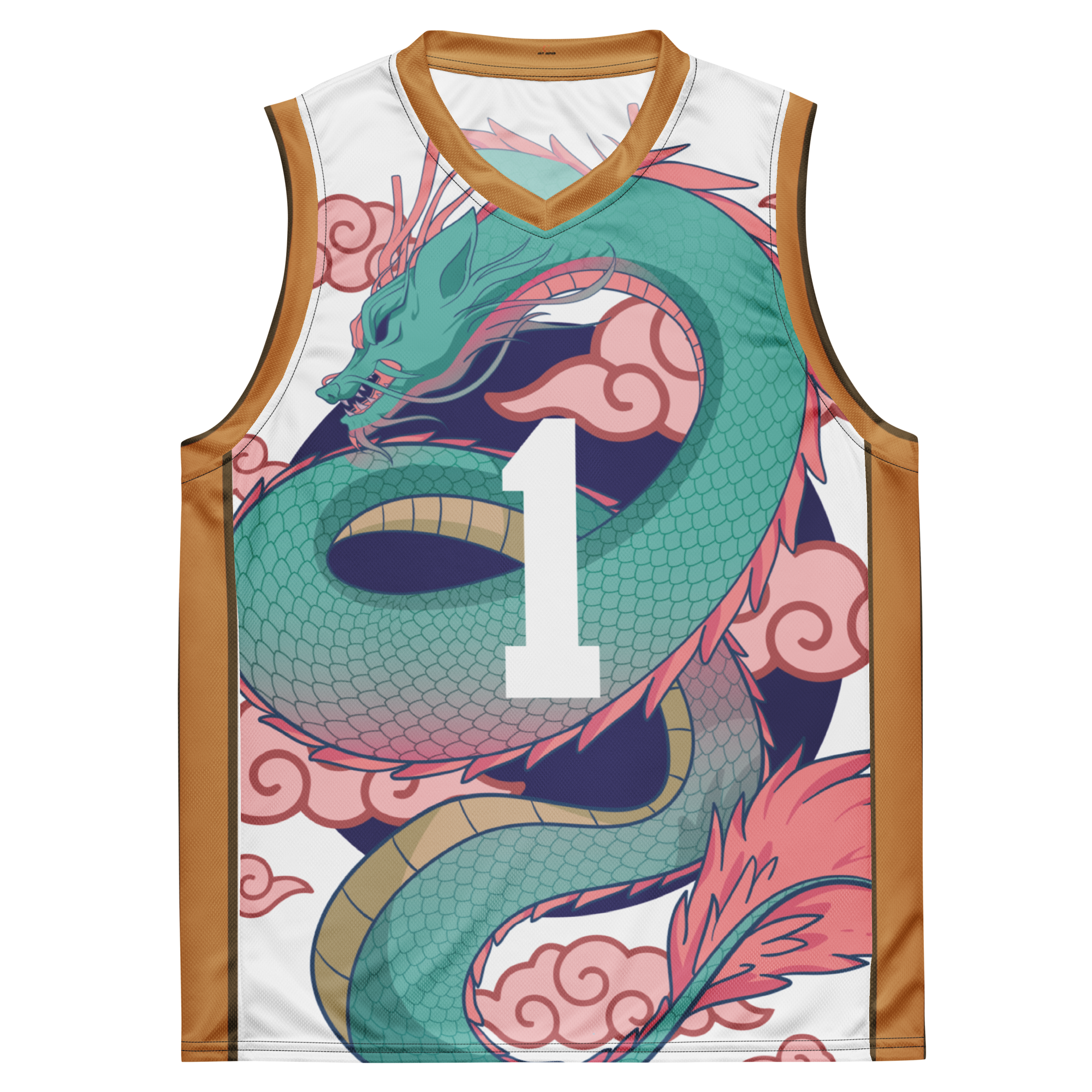
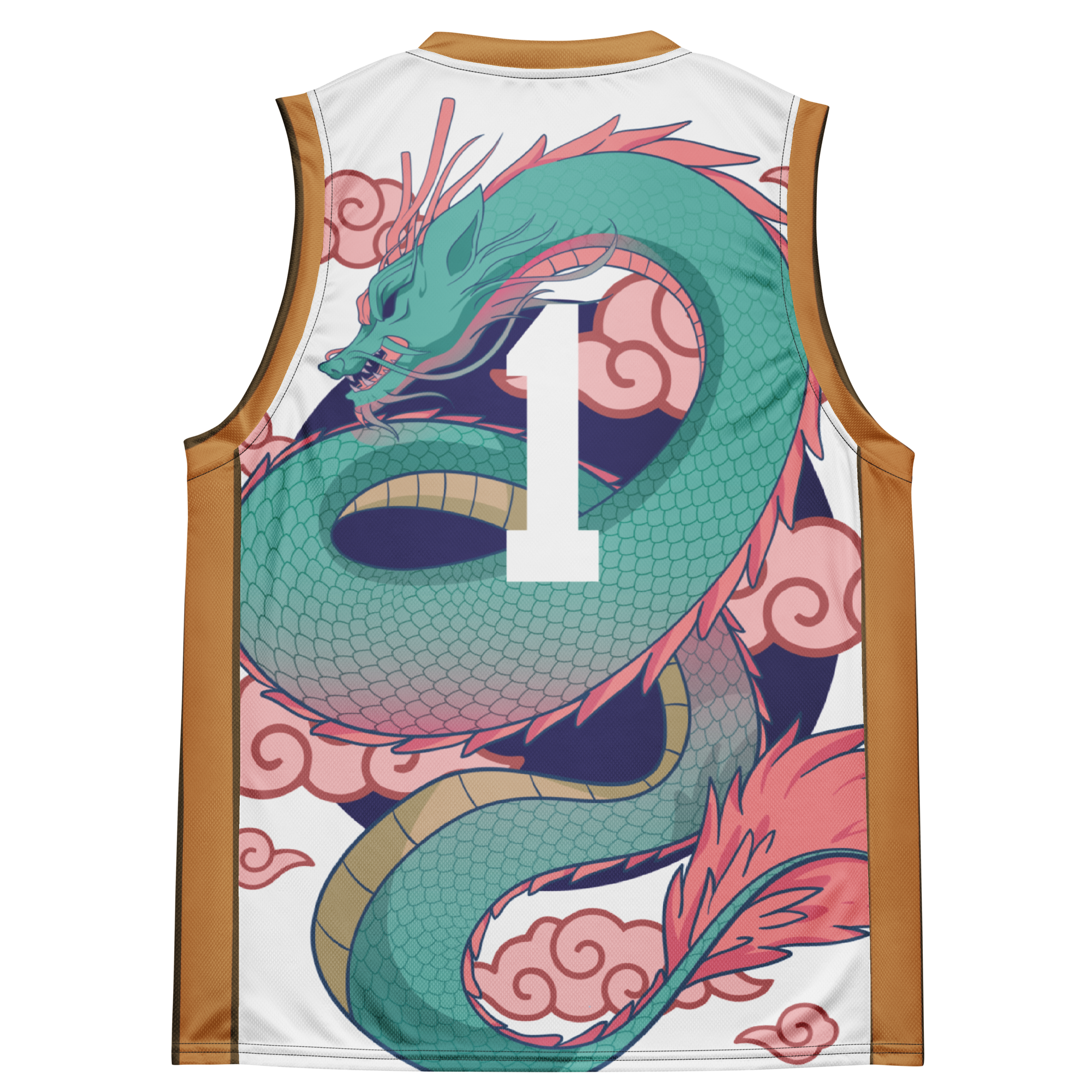
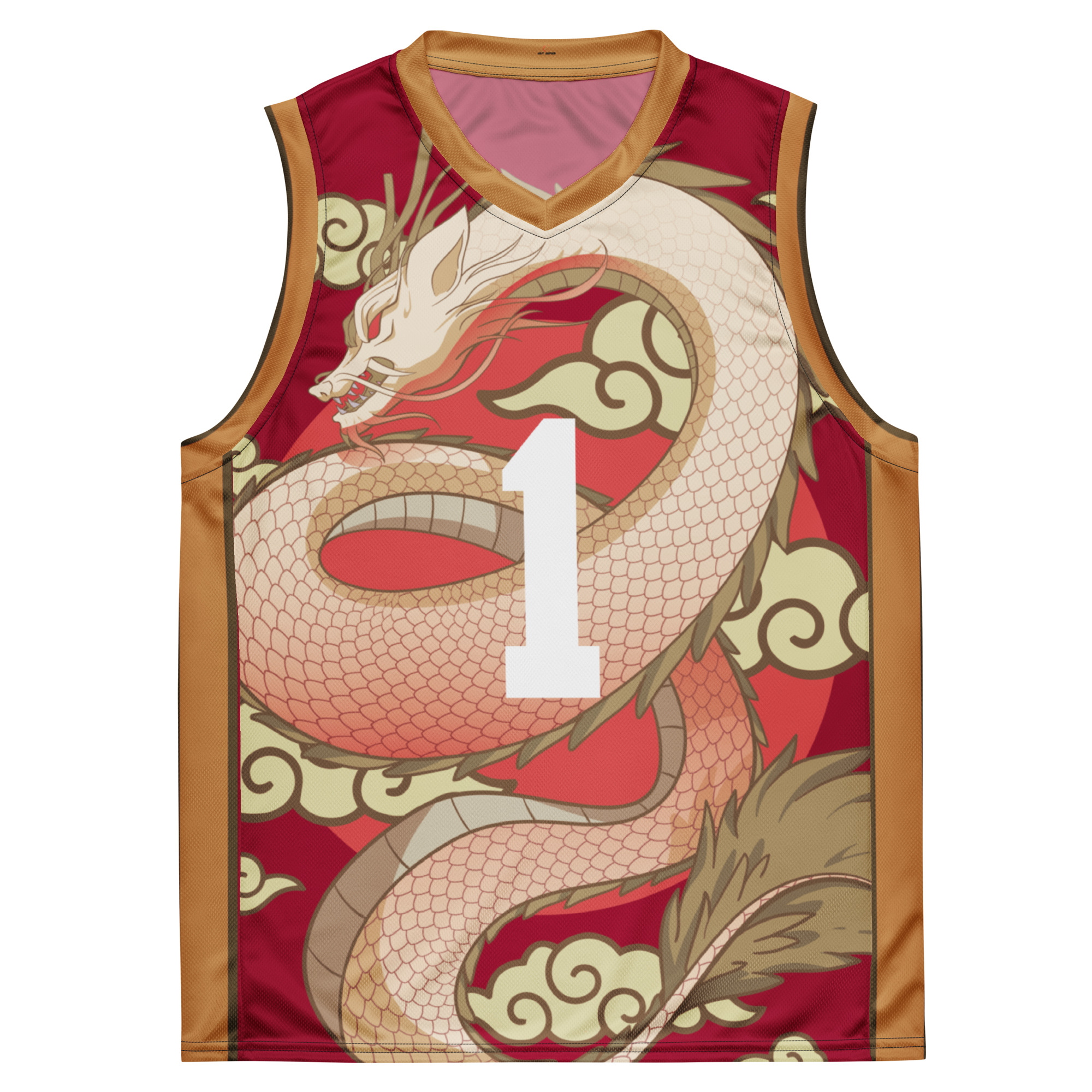
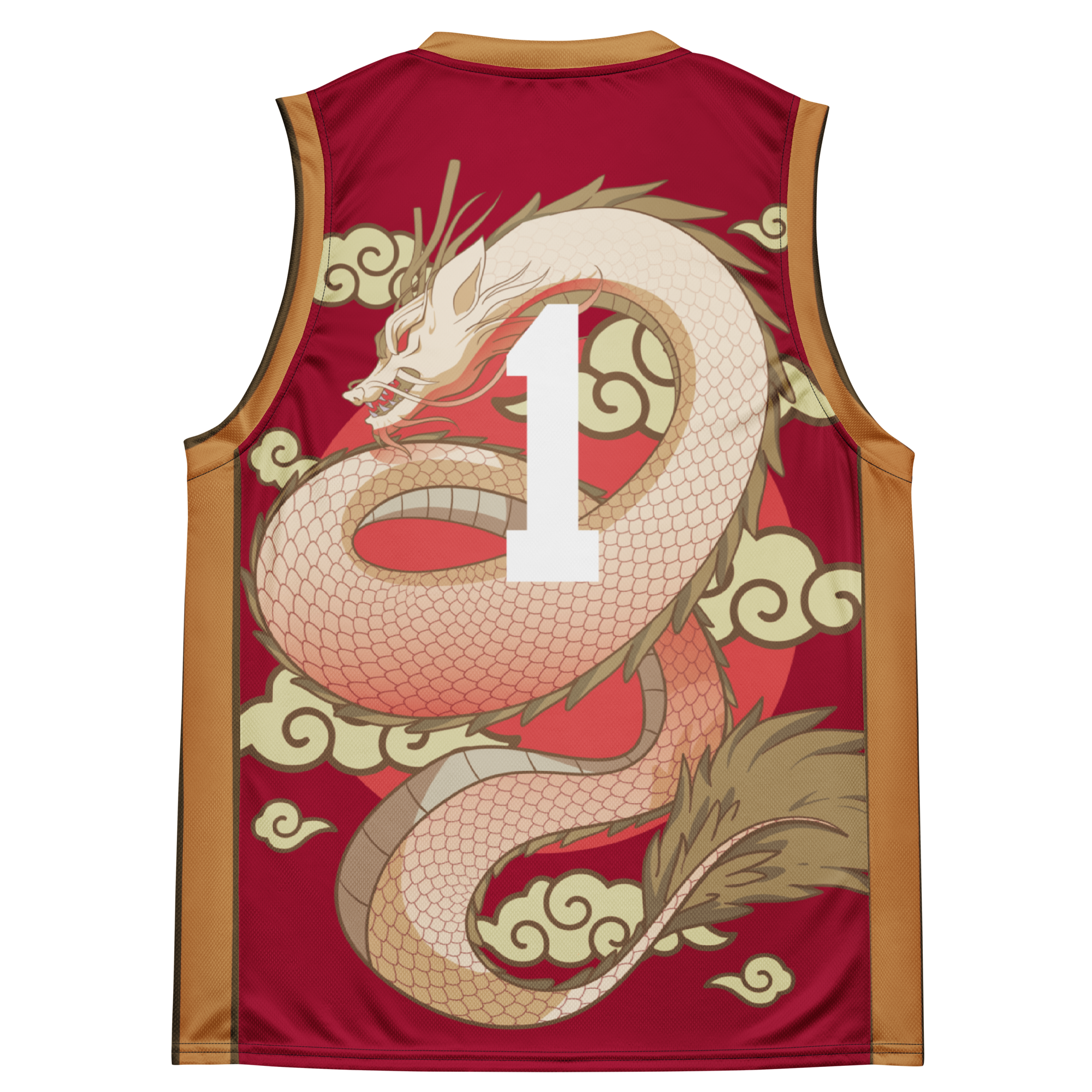
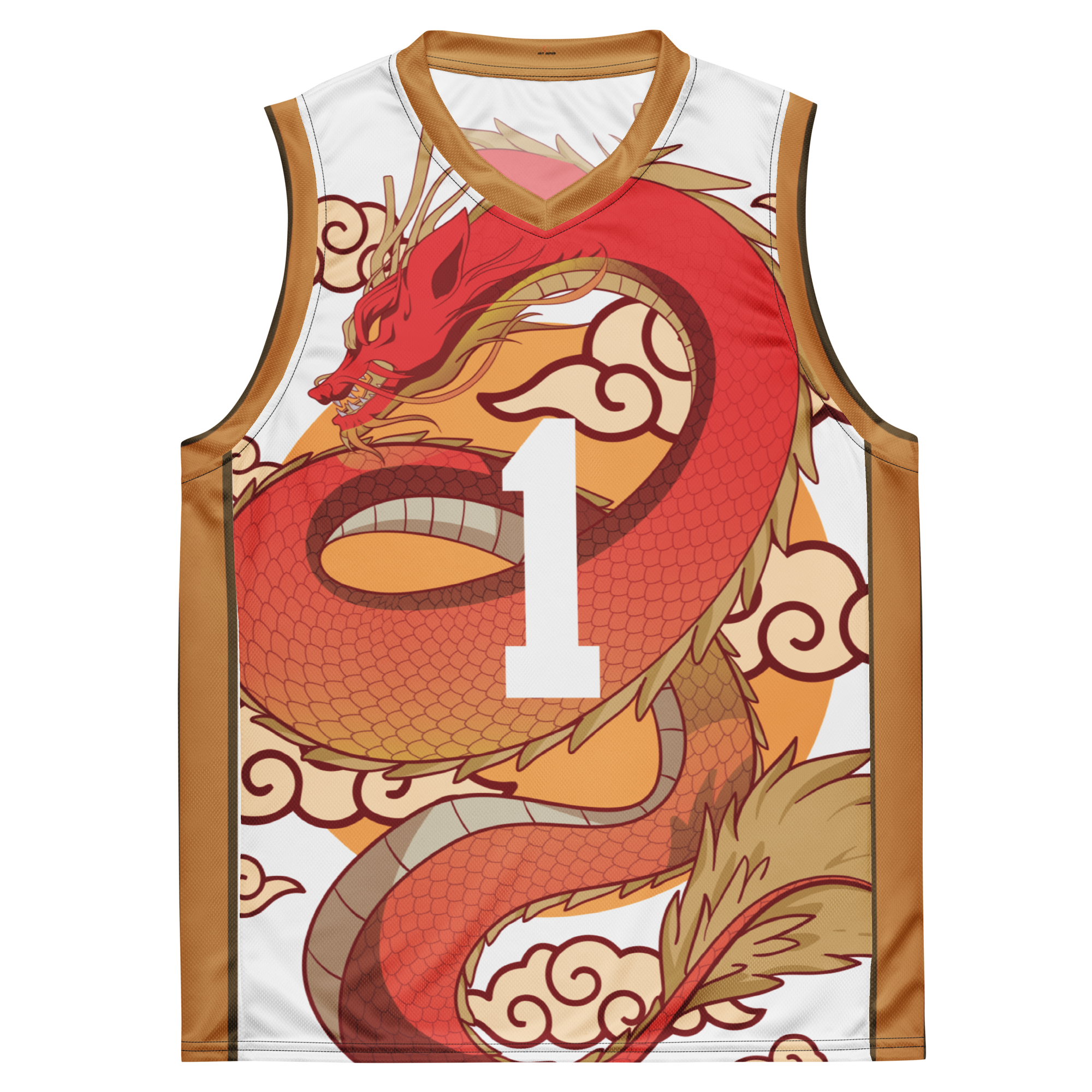
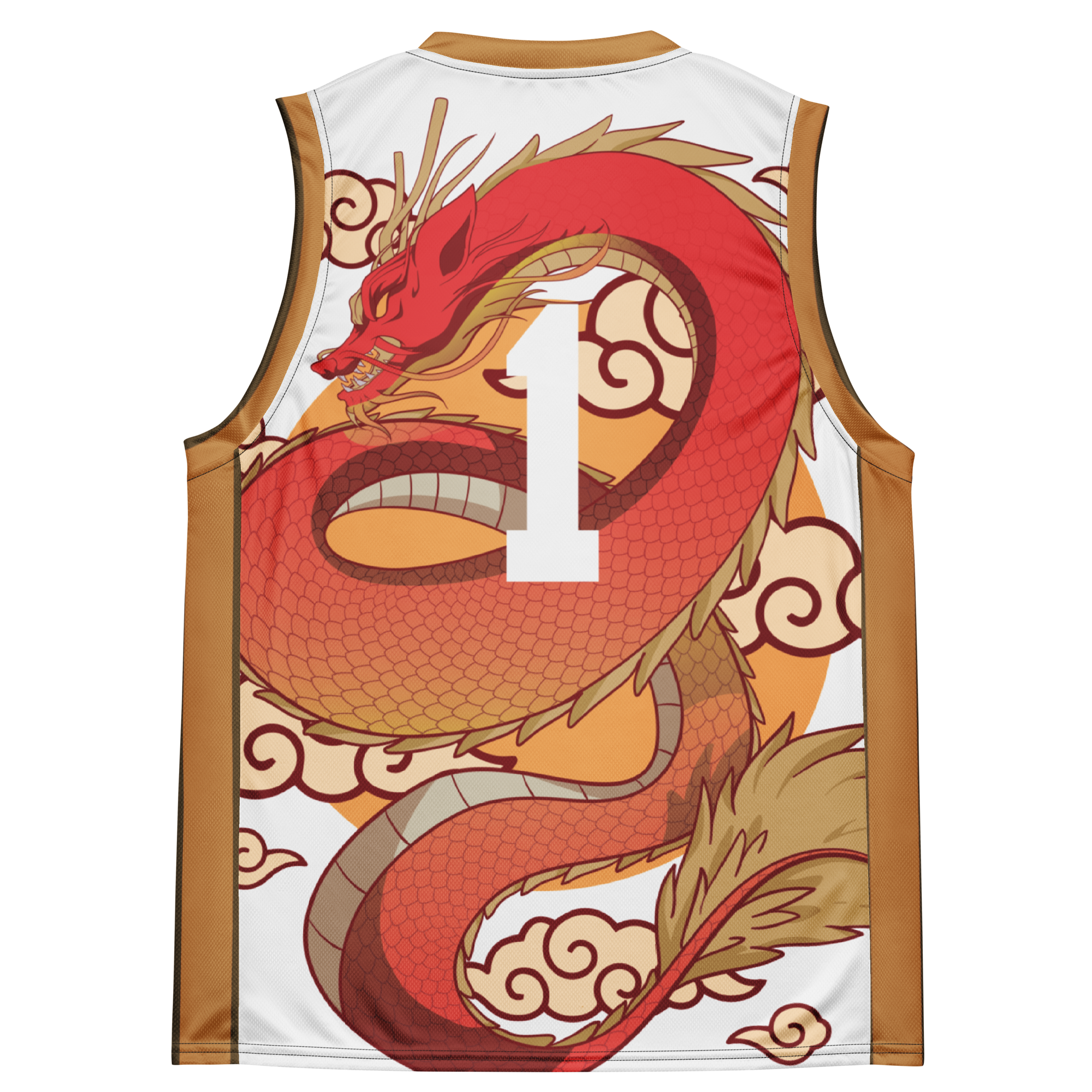
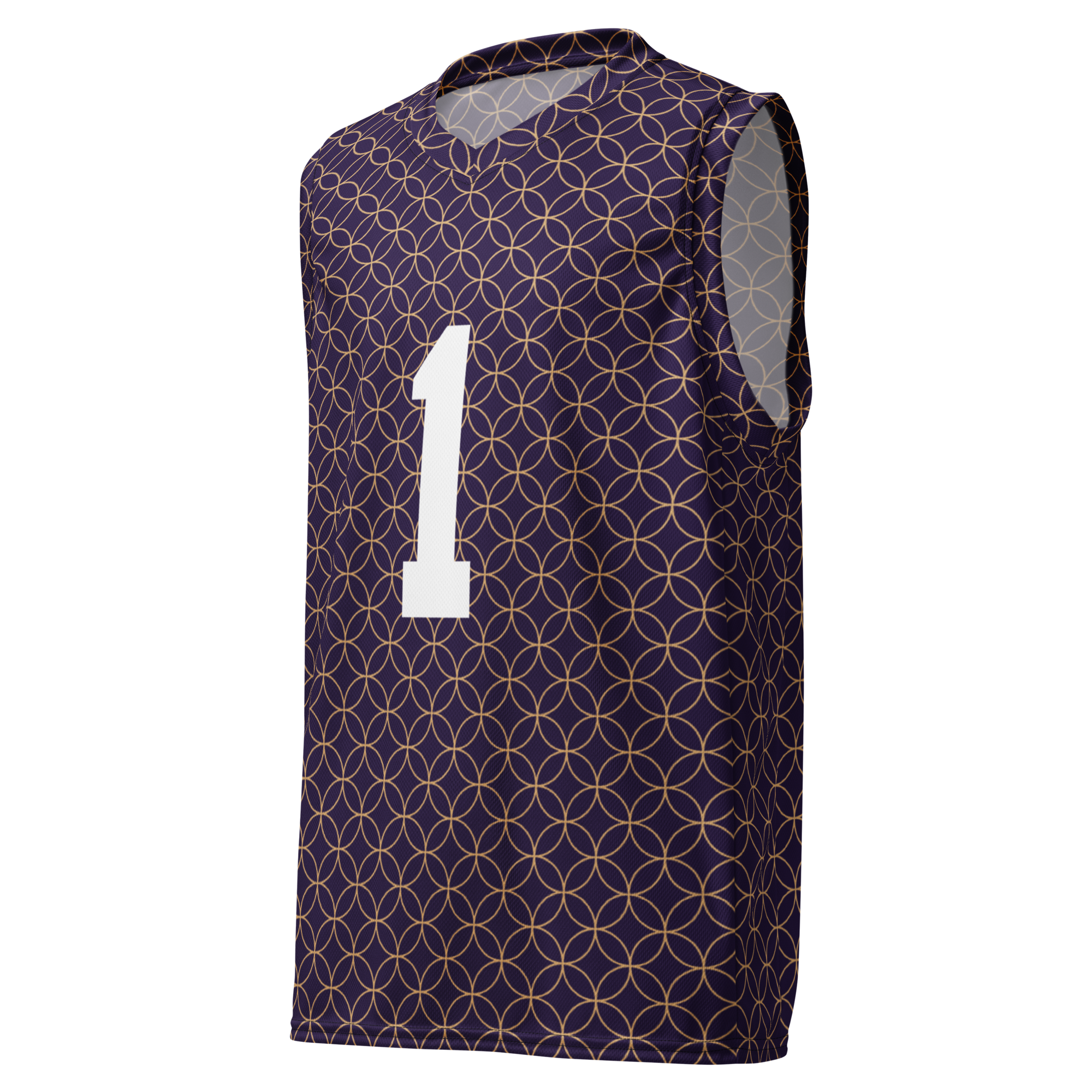
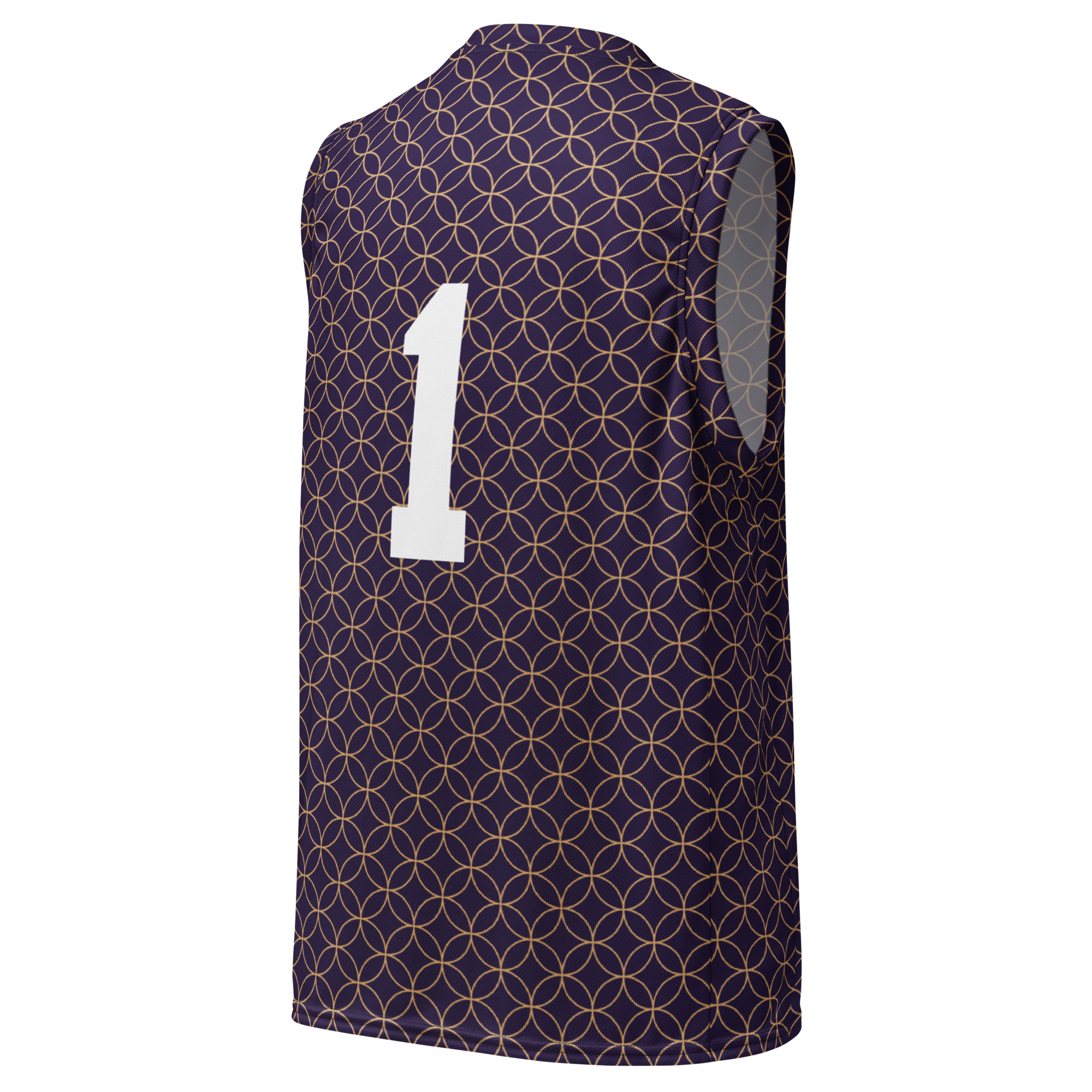
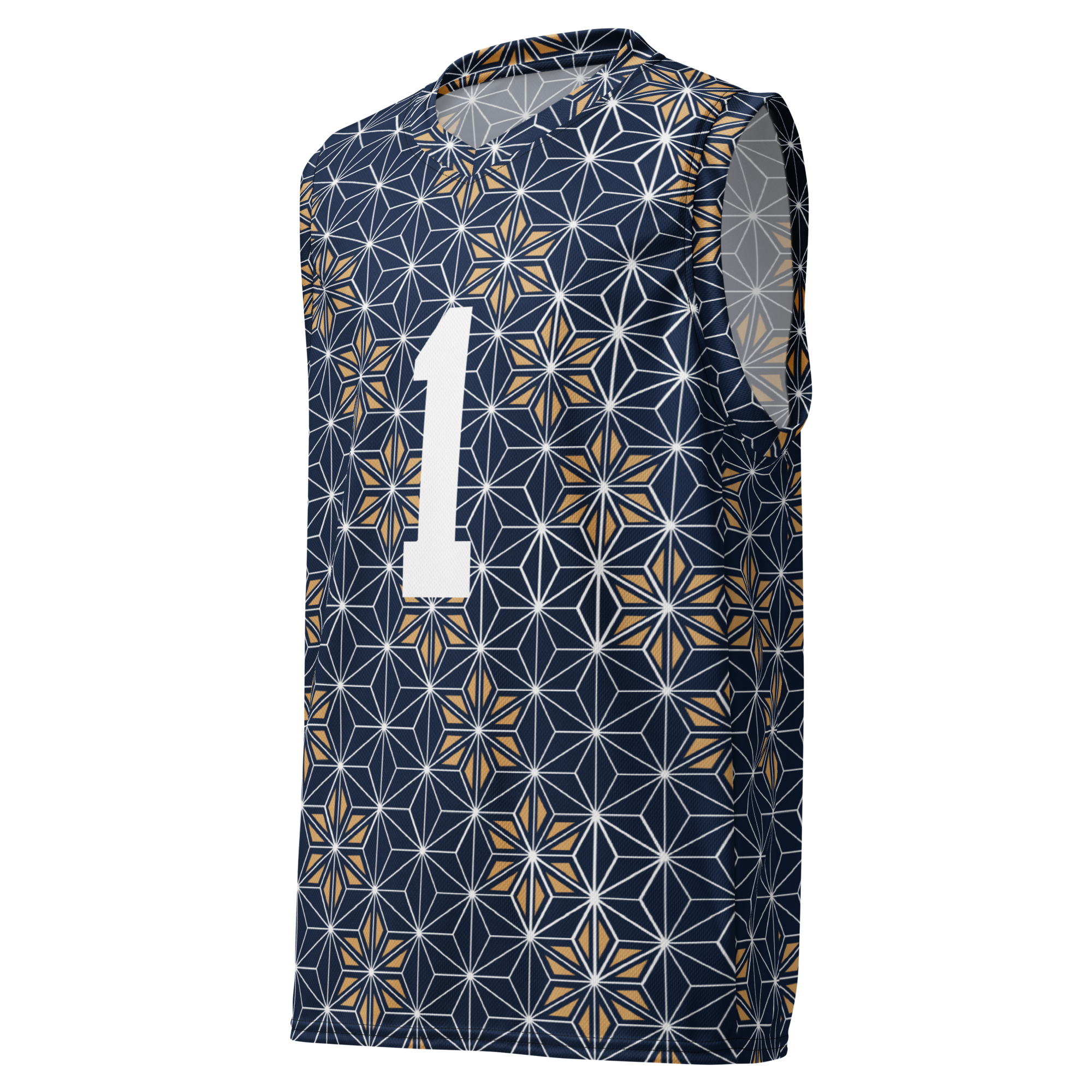
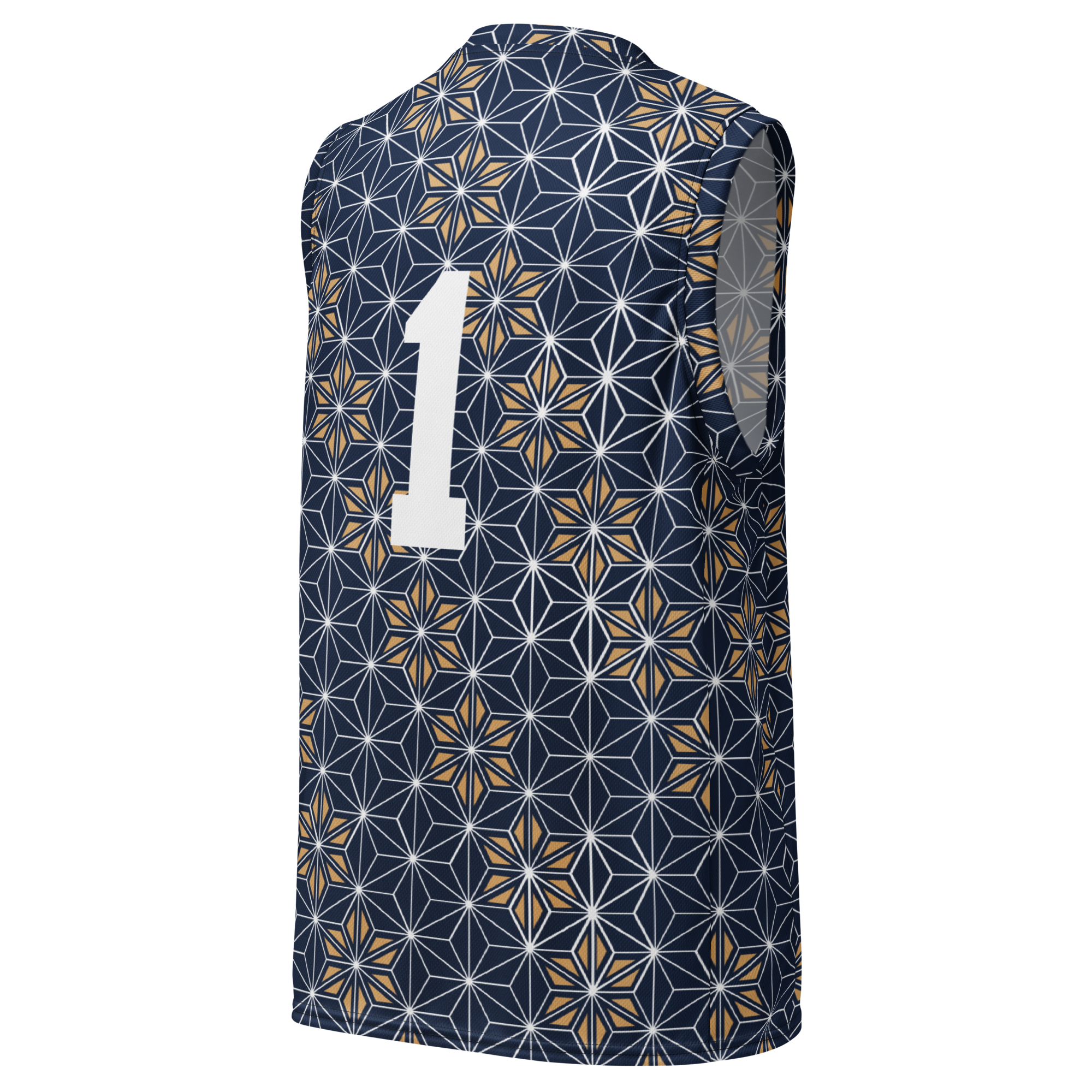
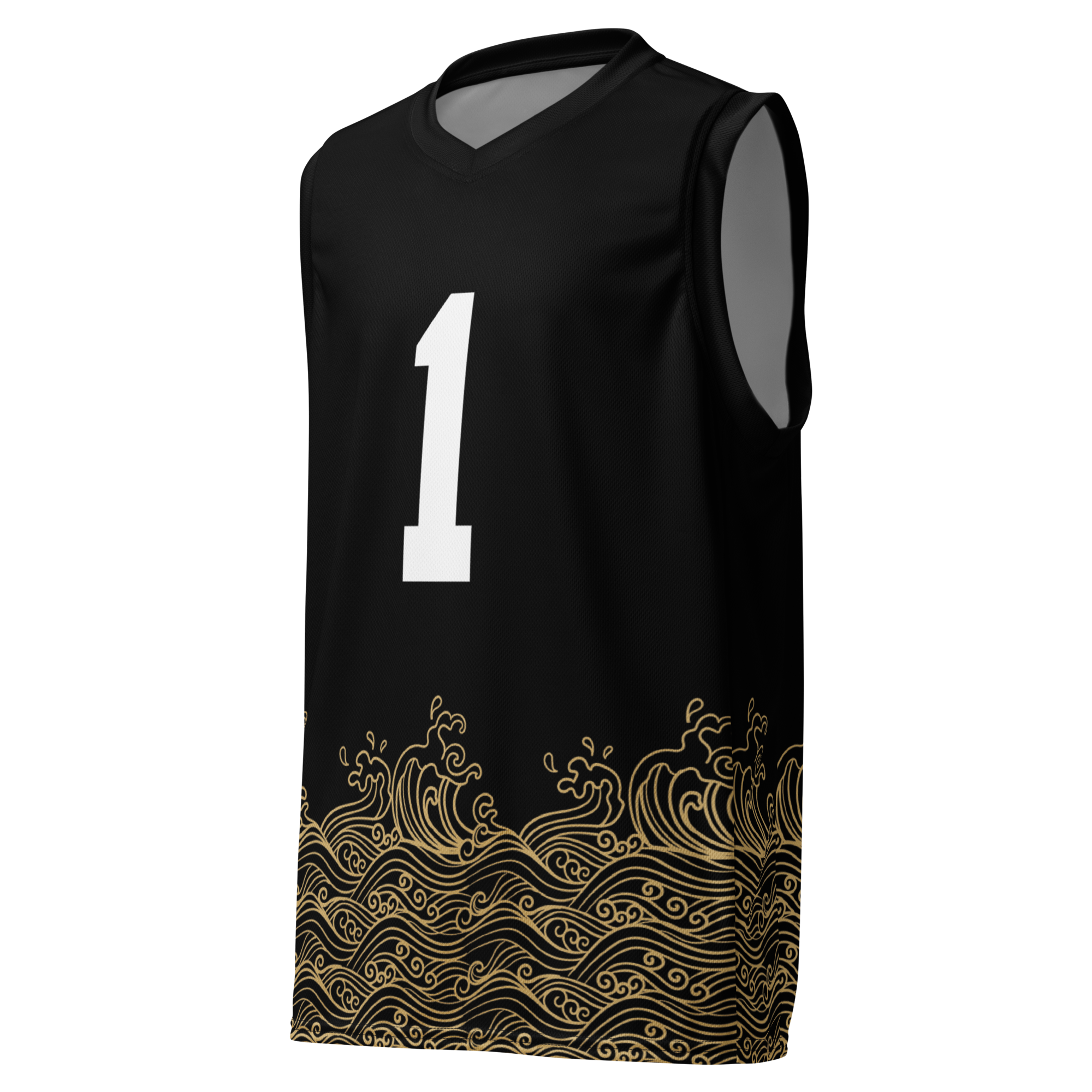
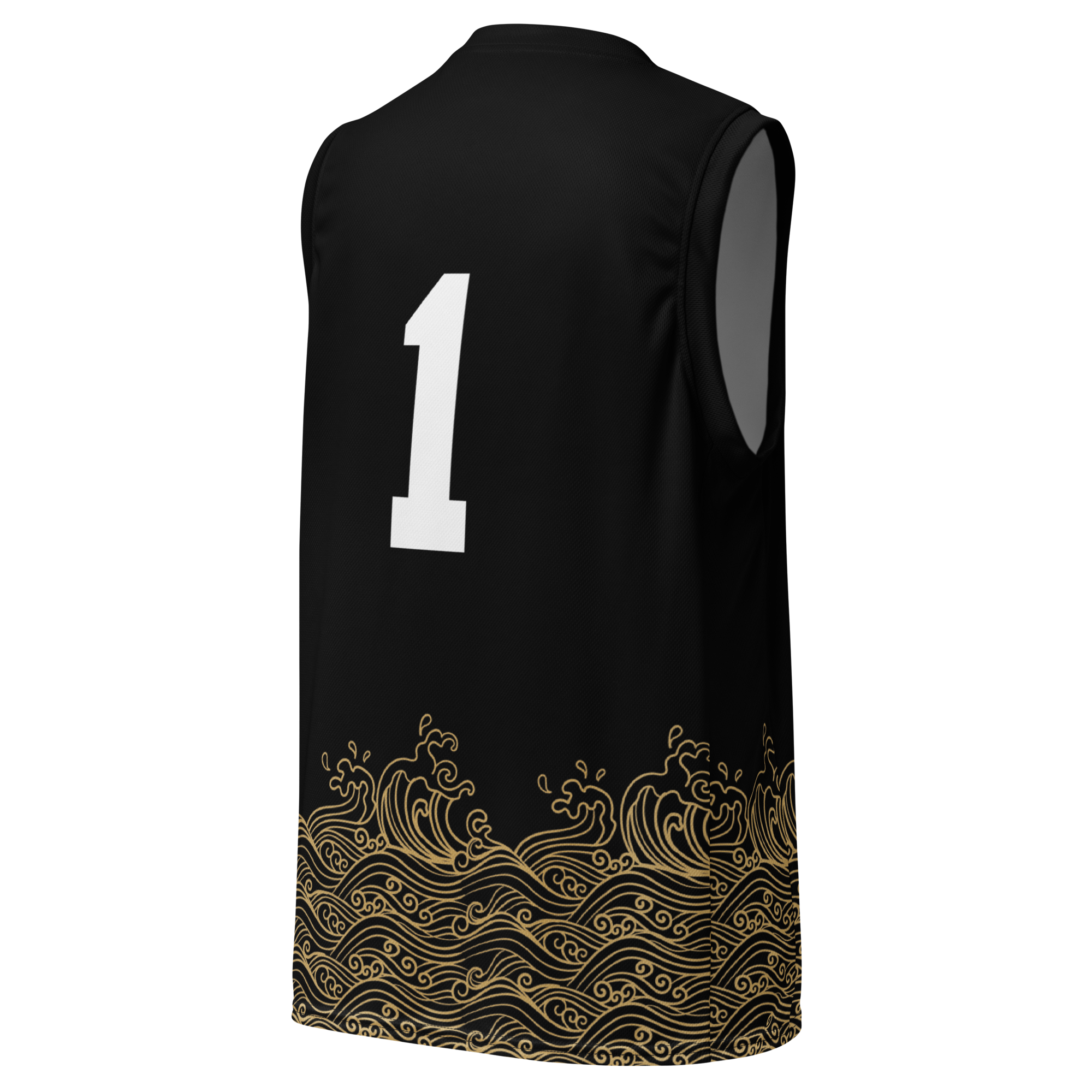
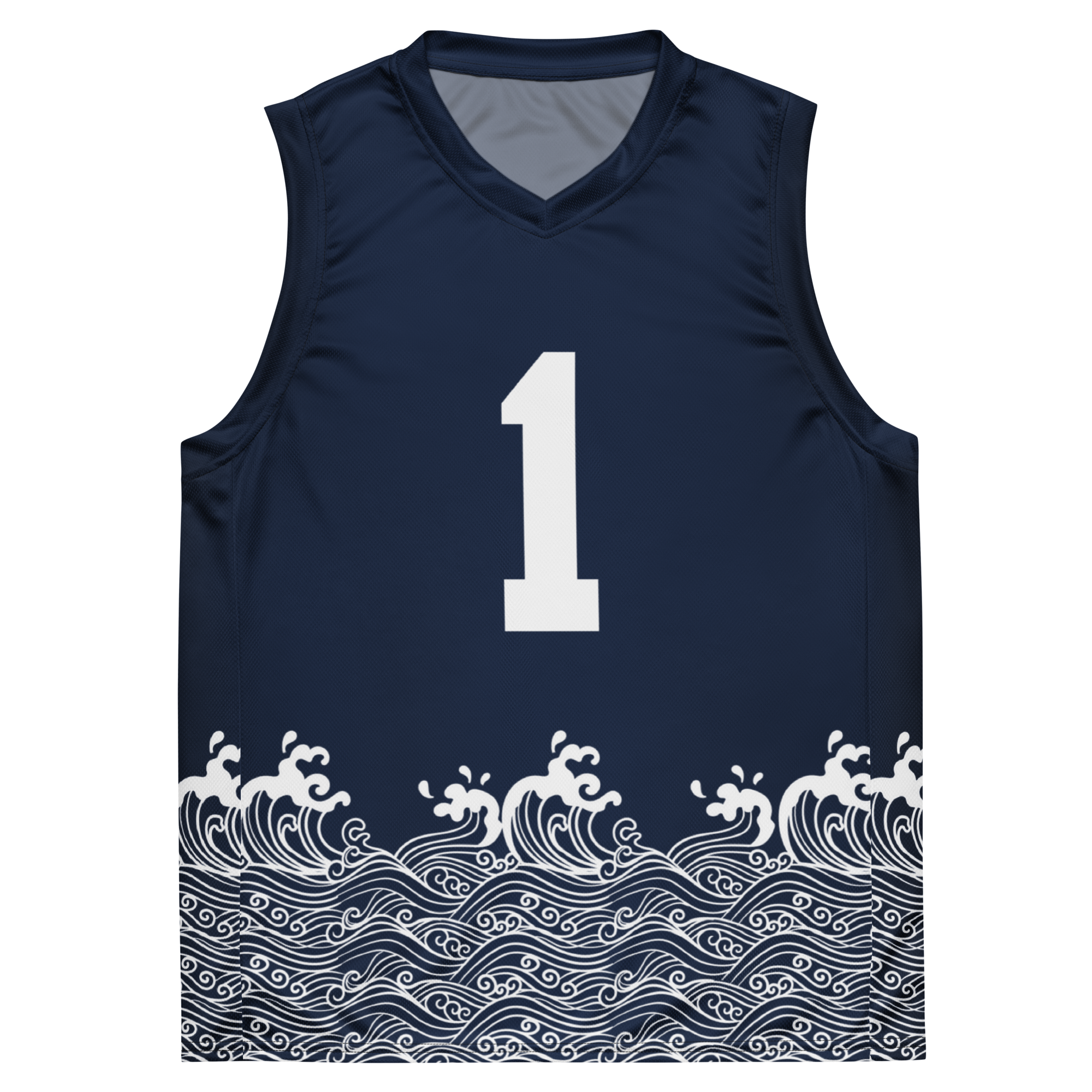
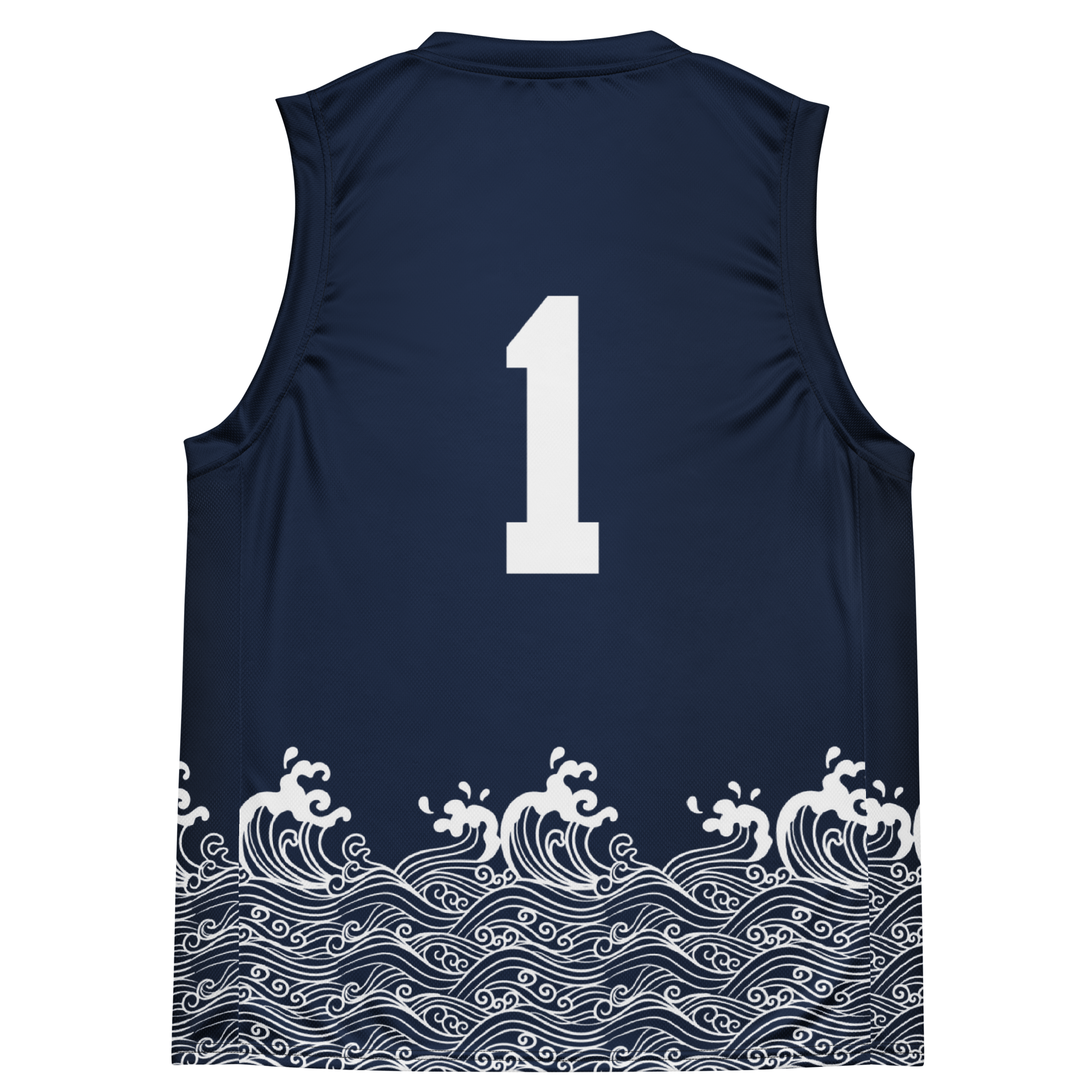
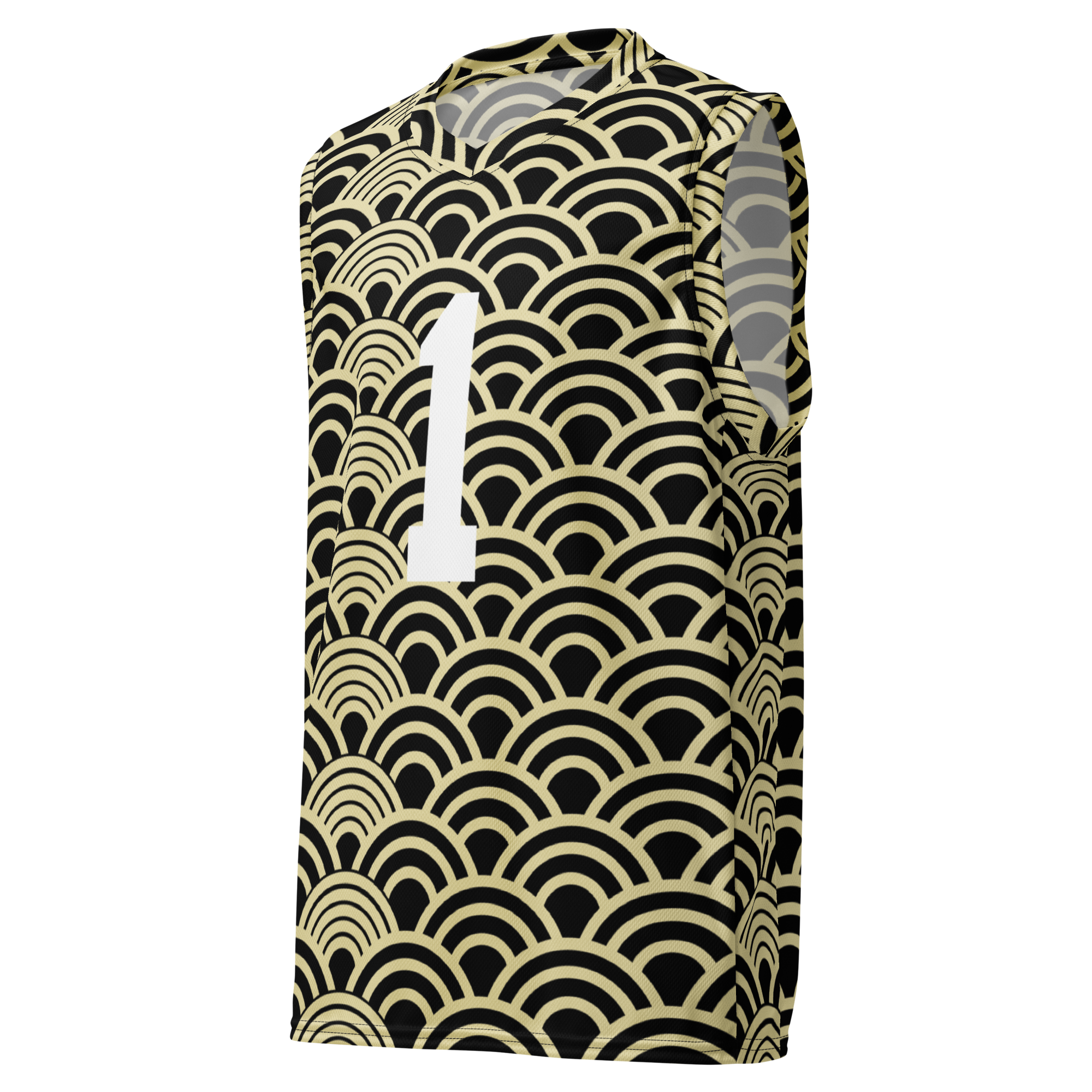
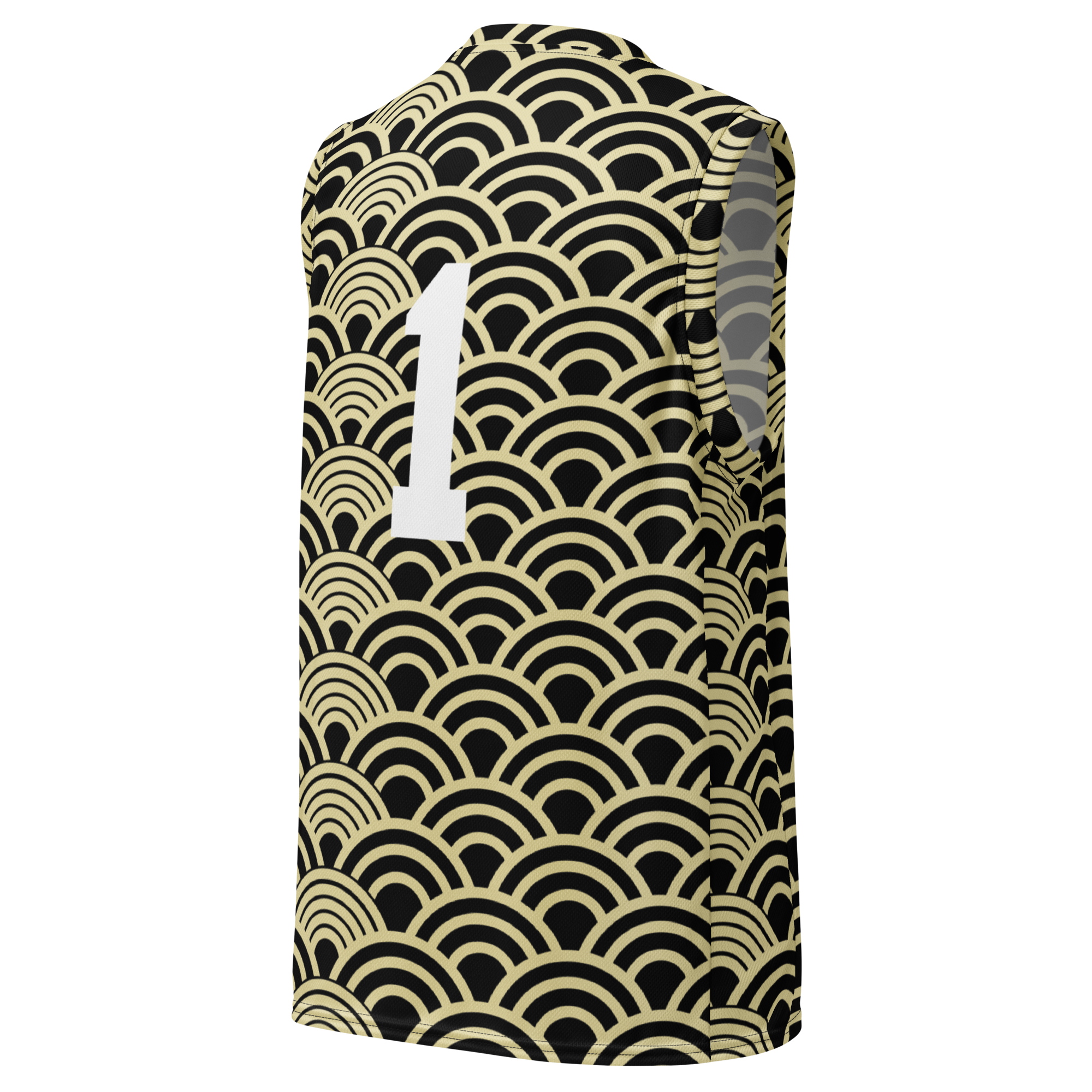
Leave a comment